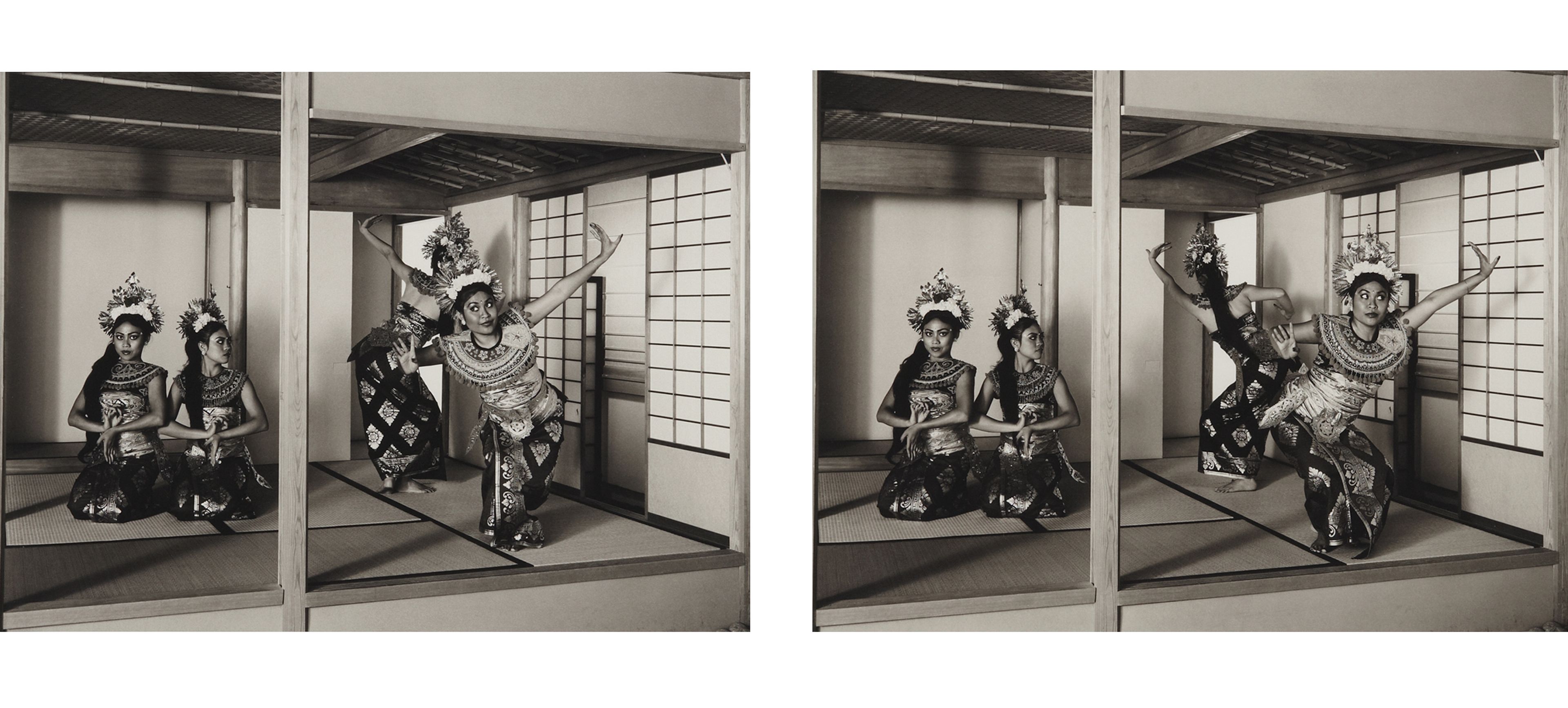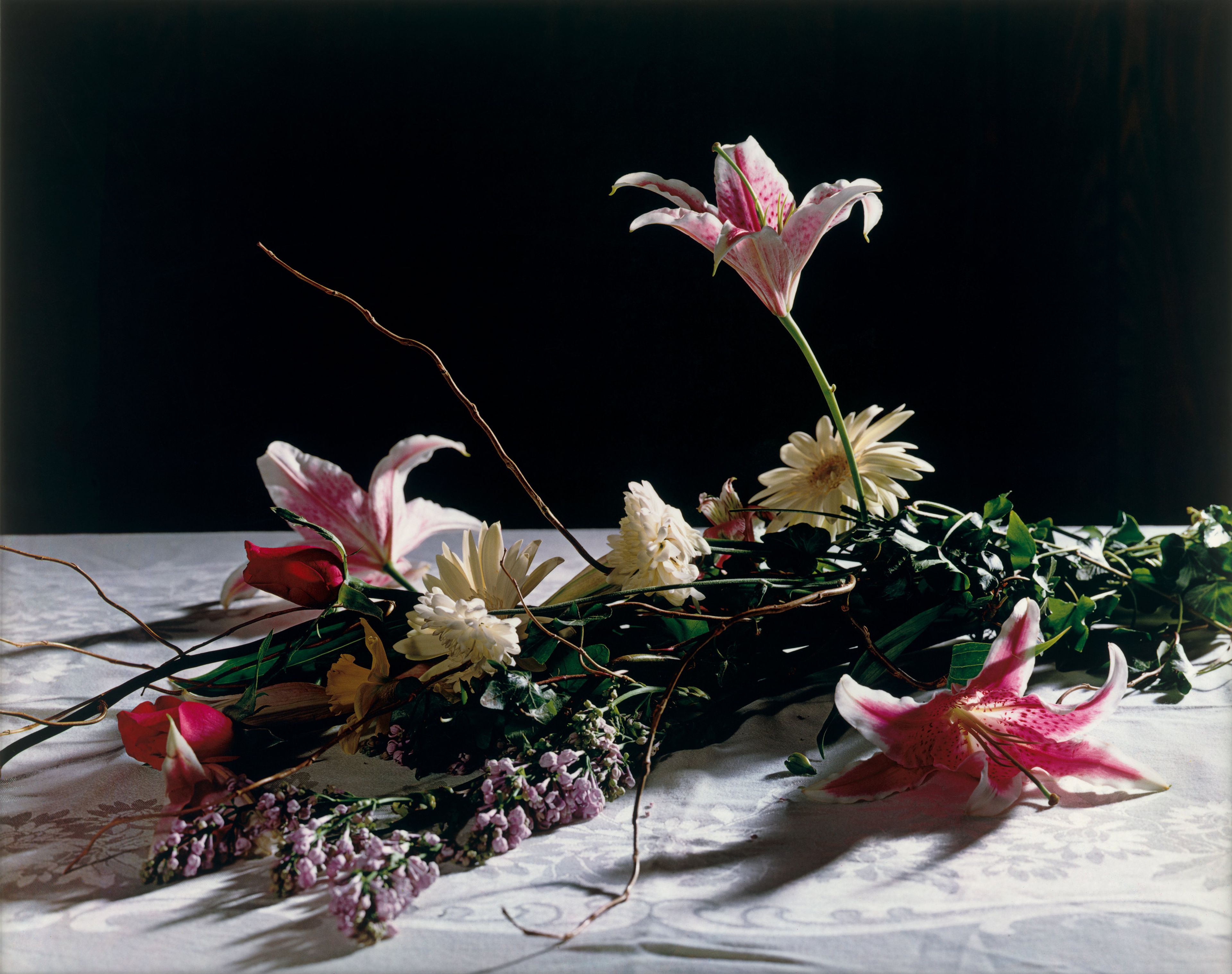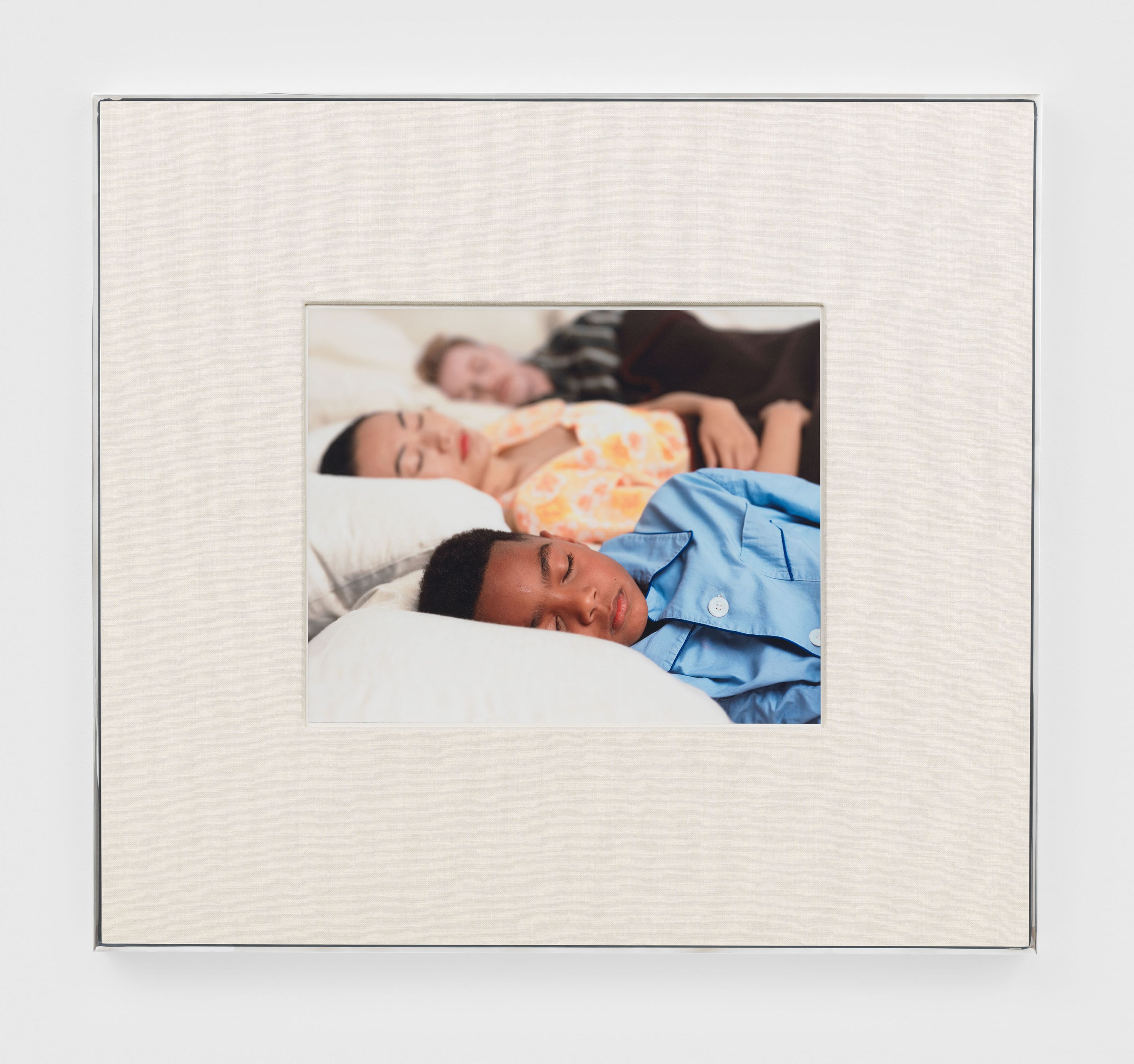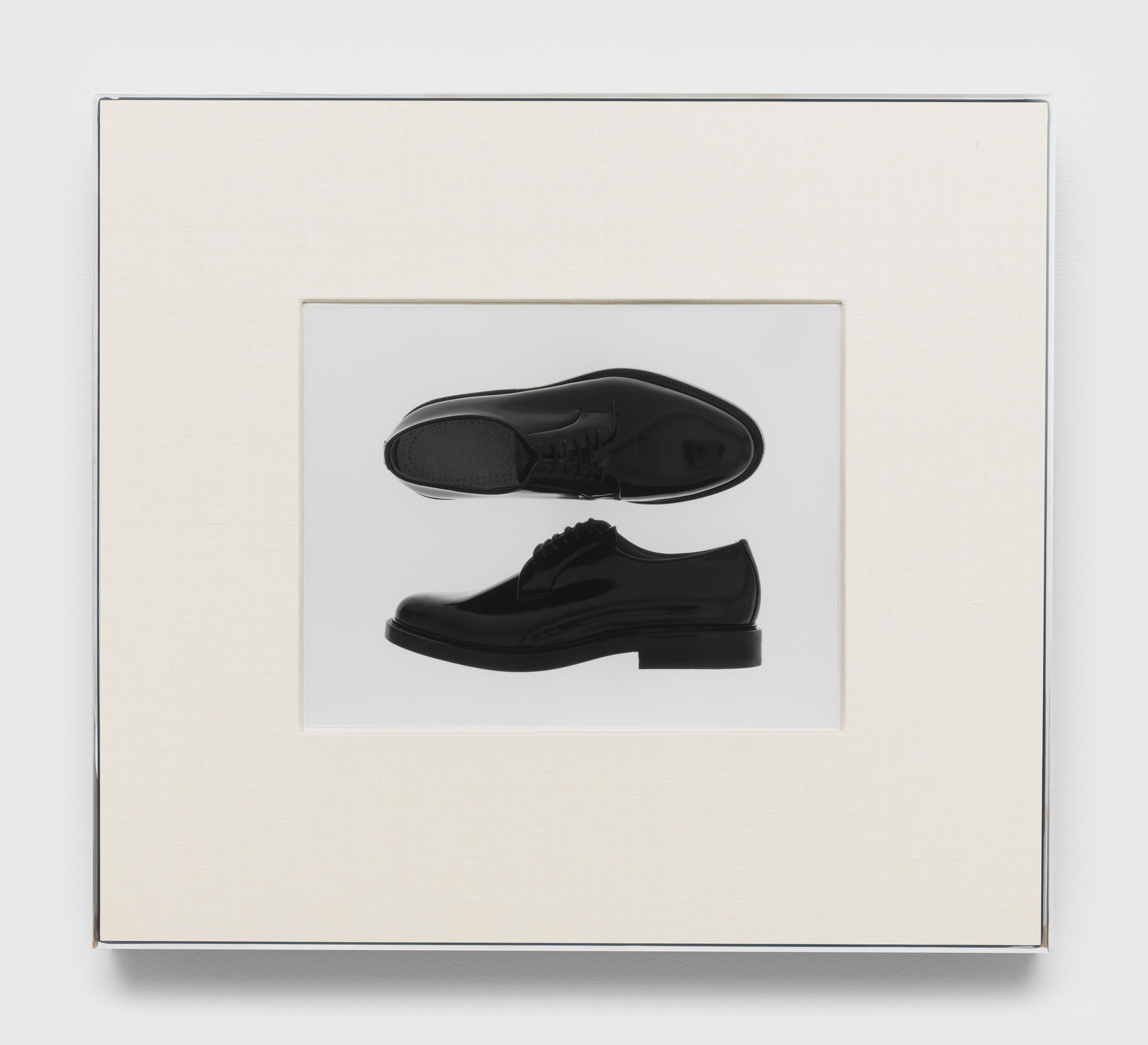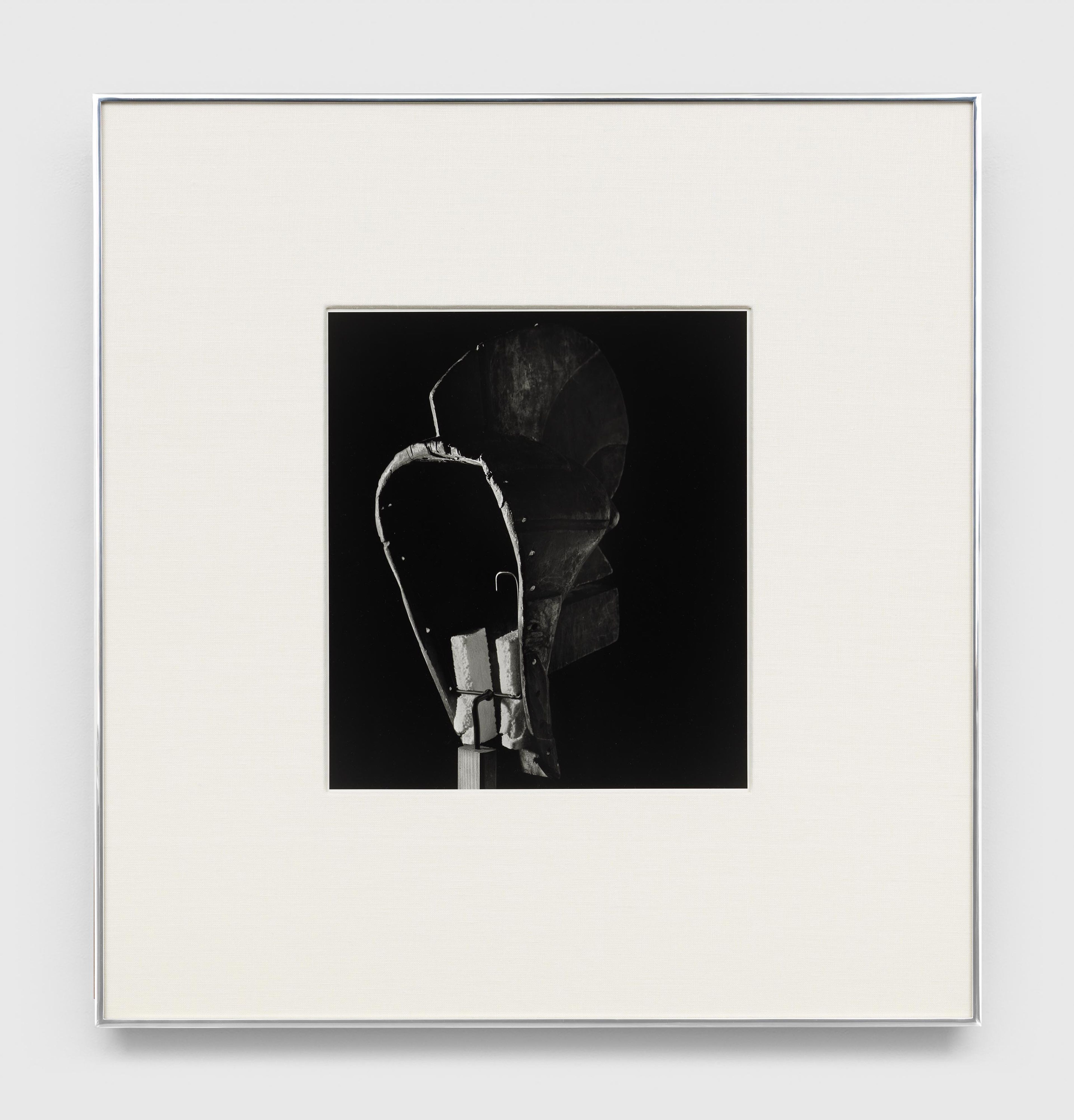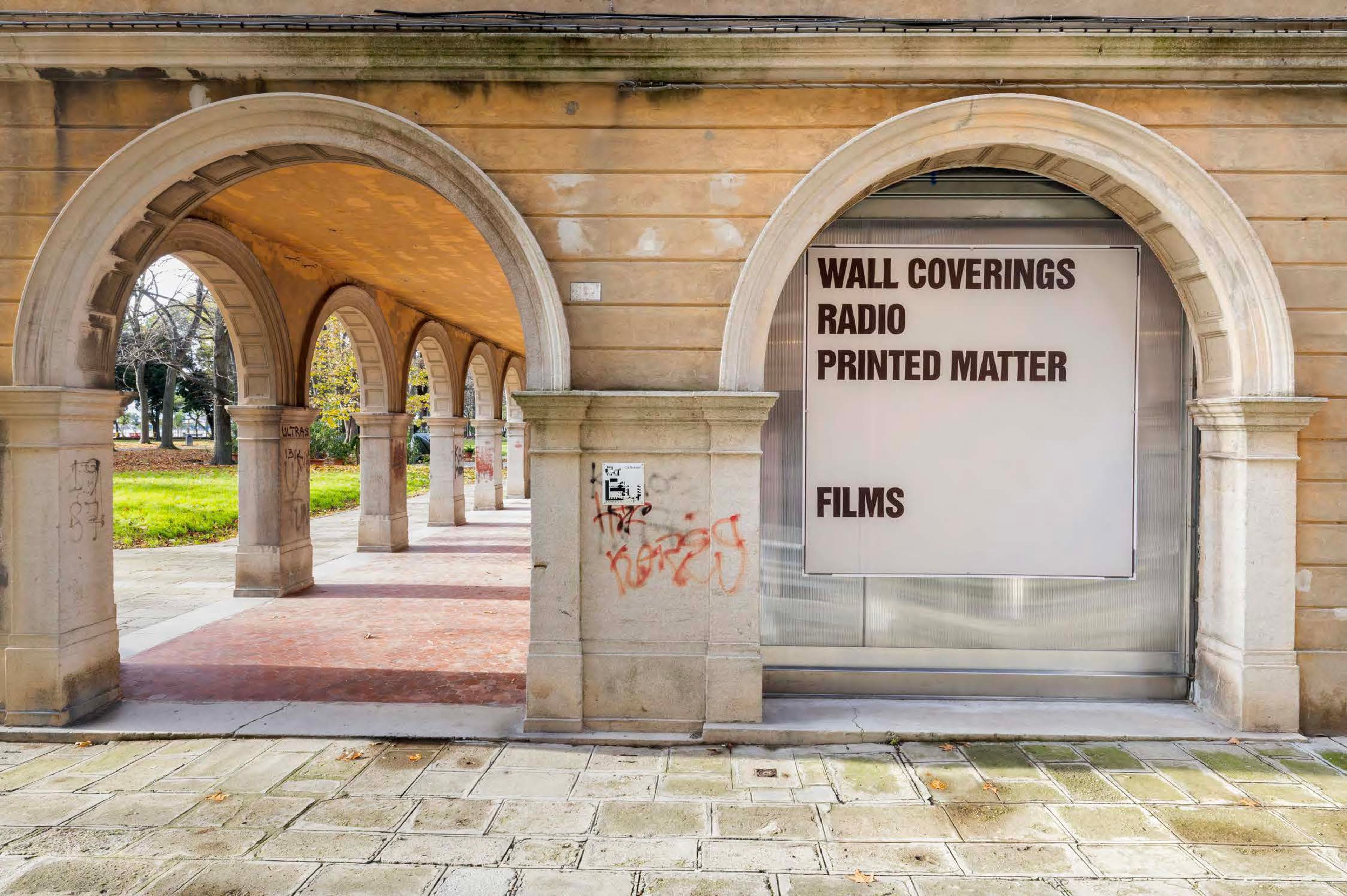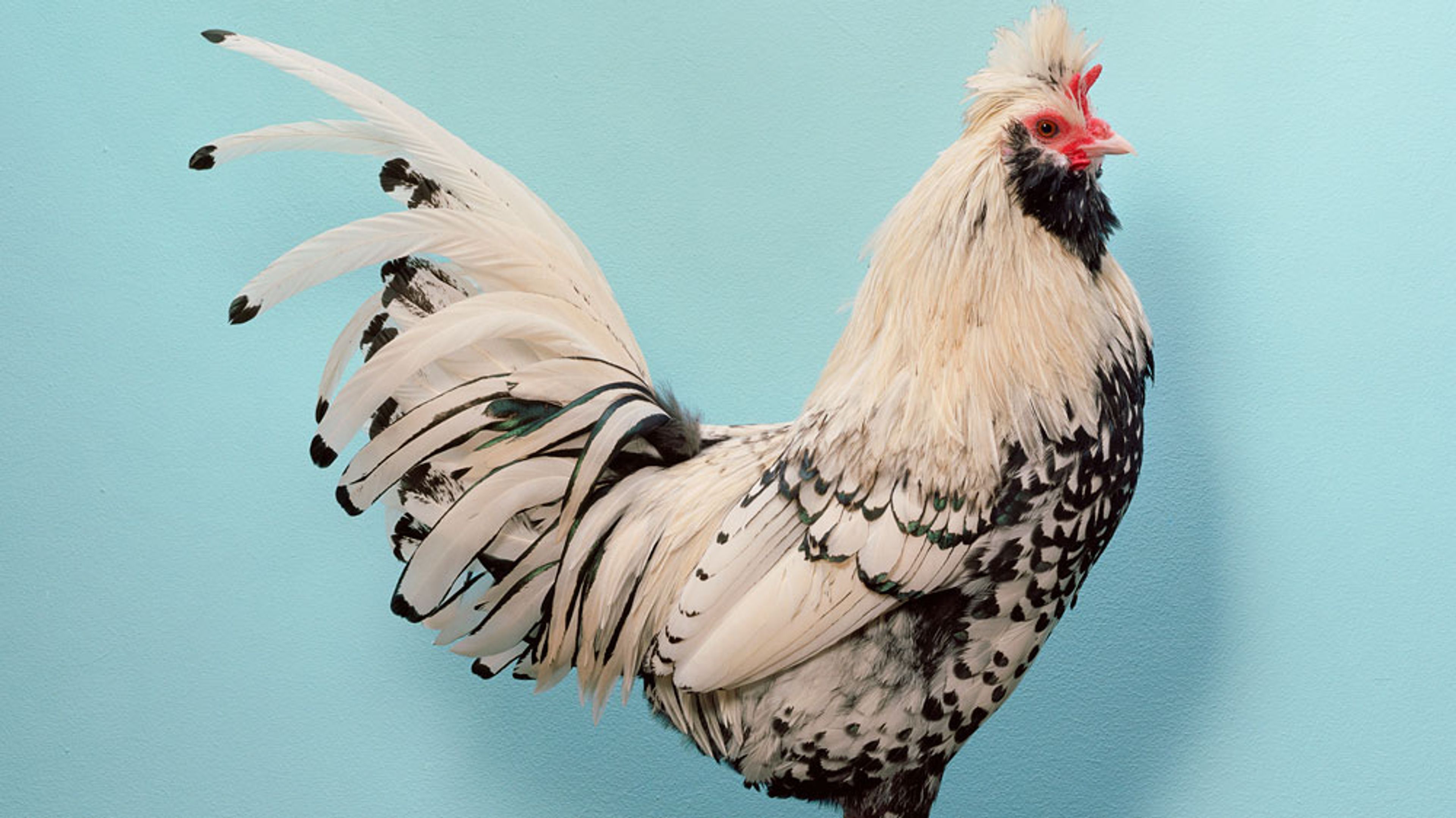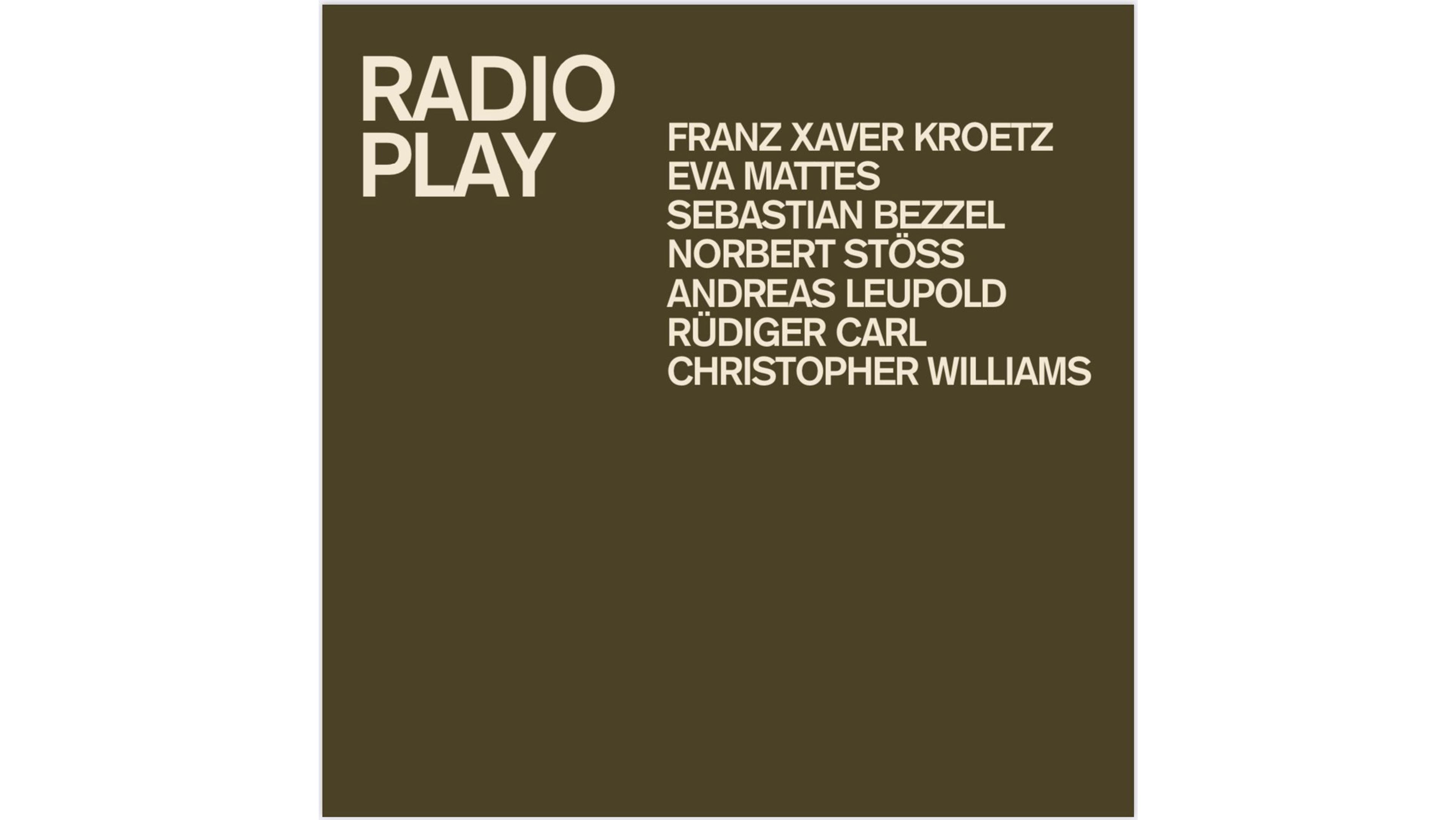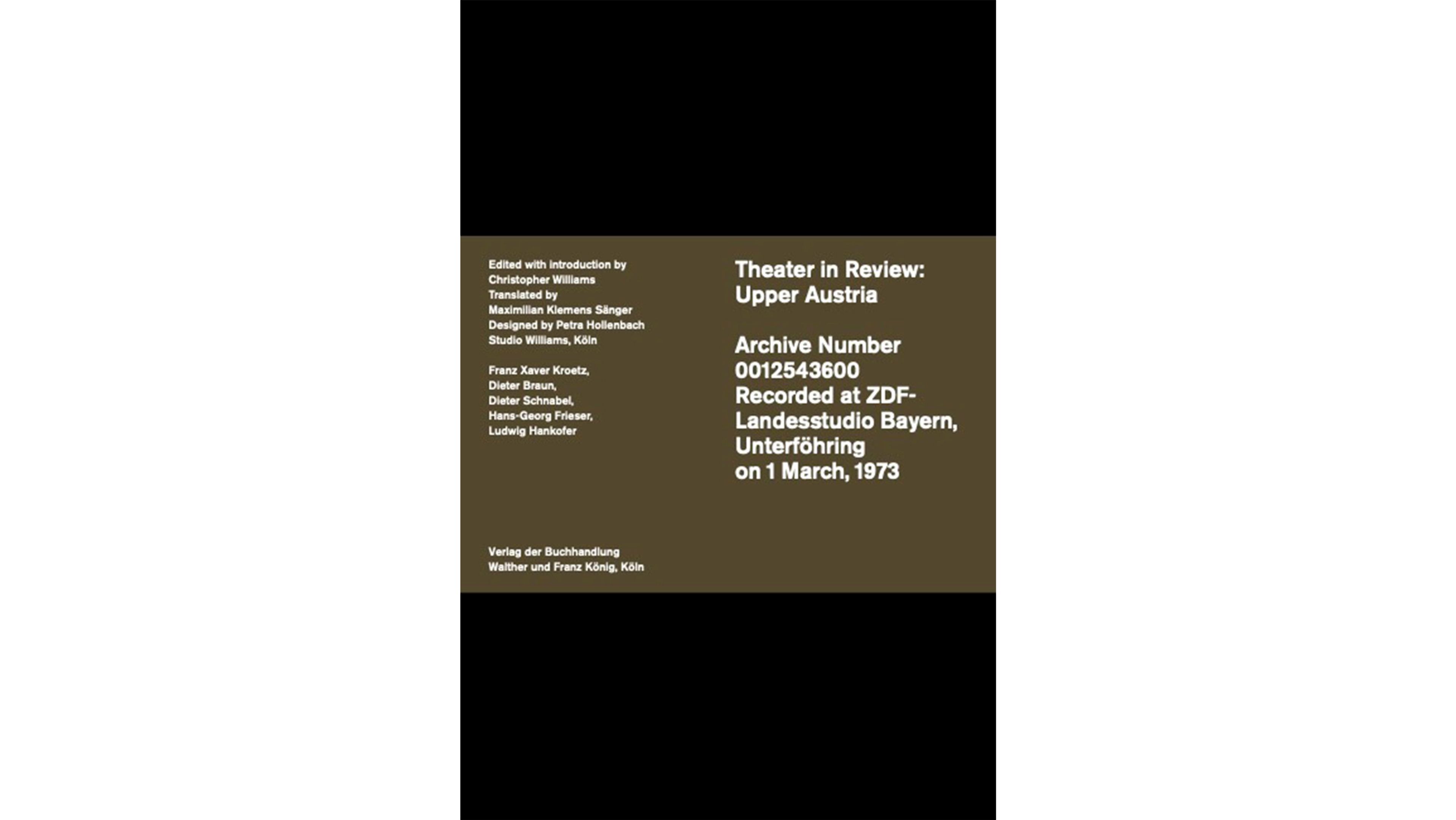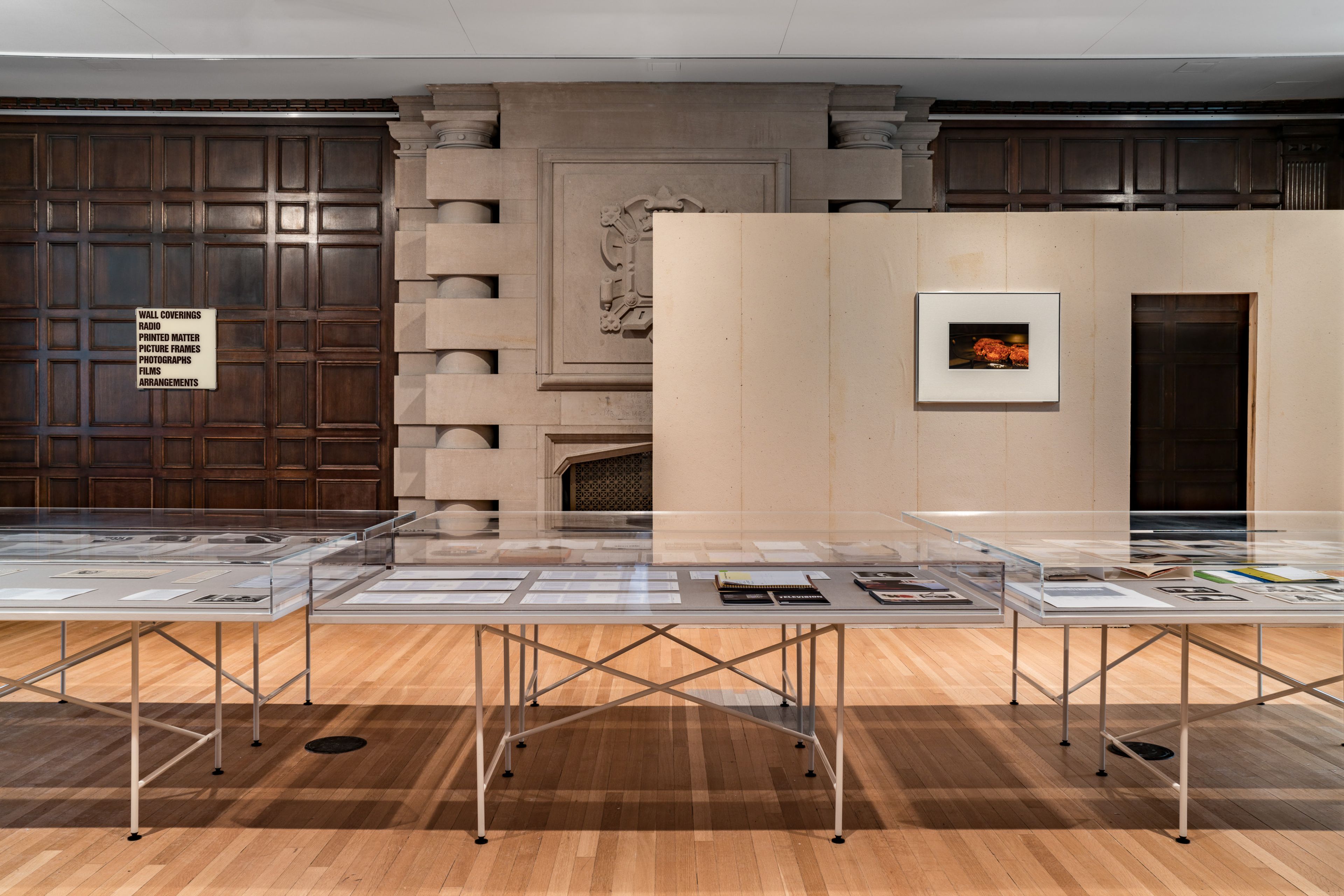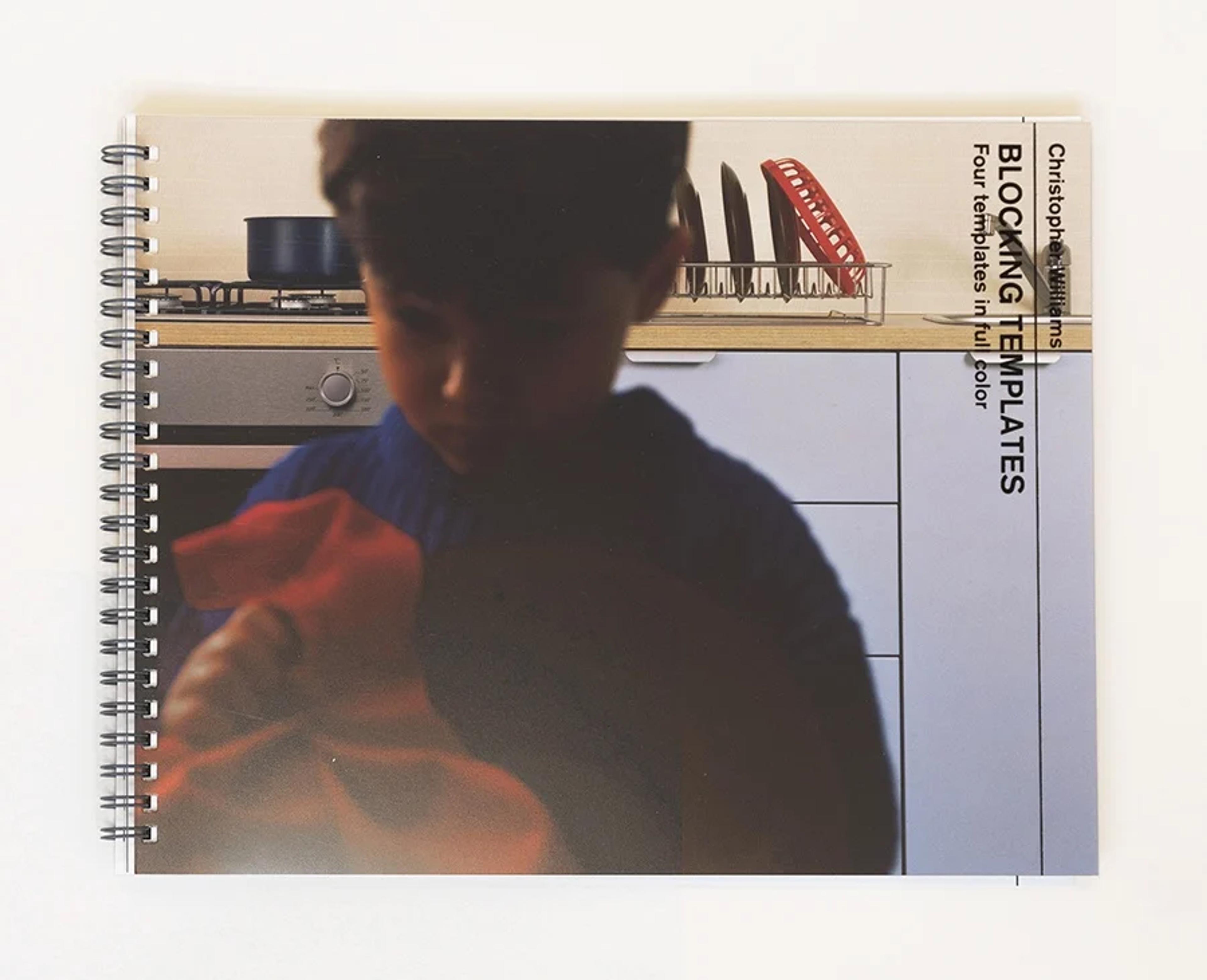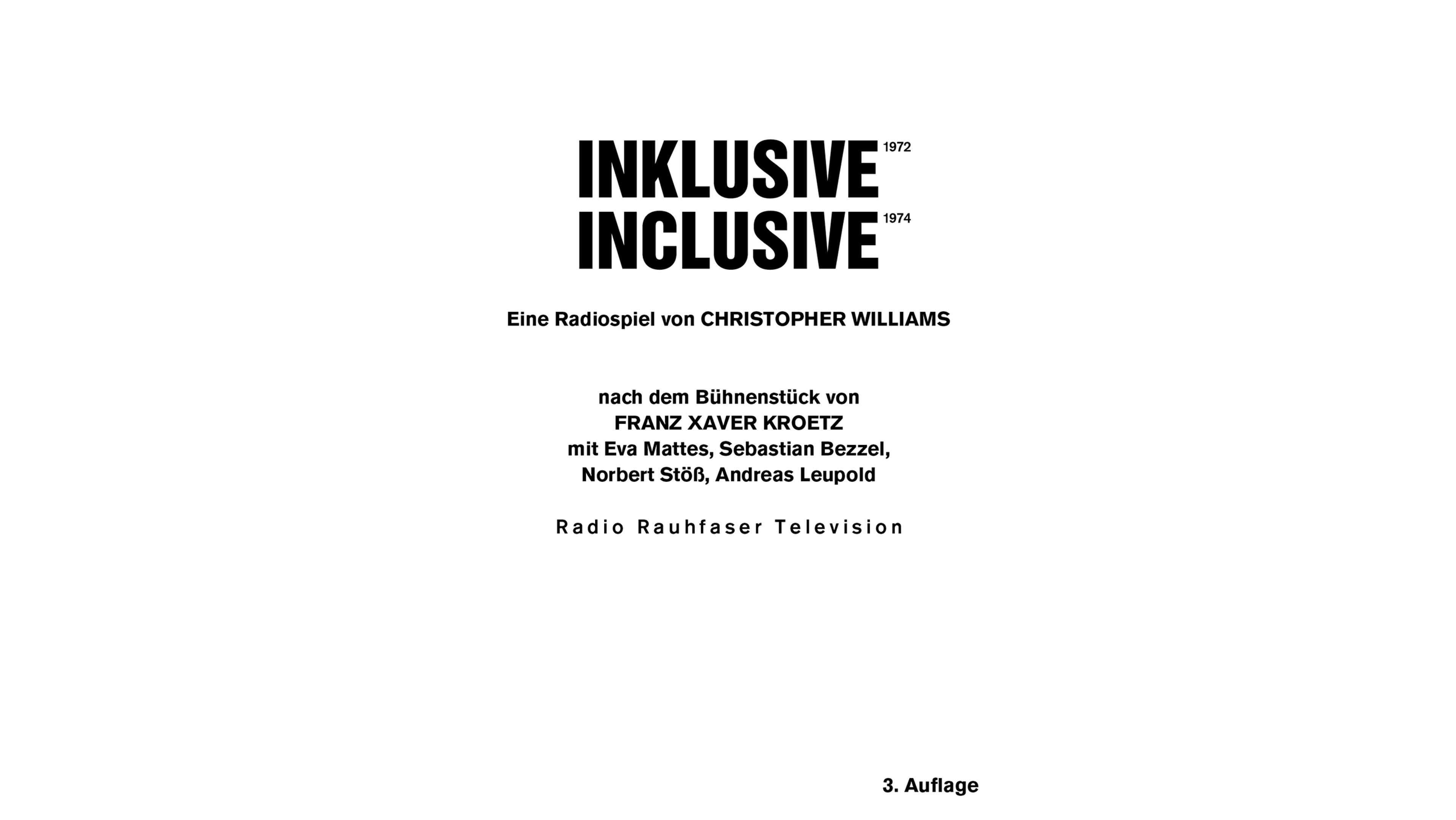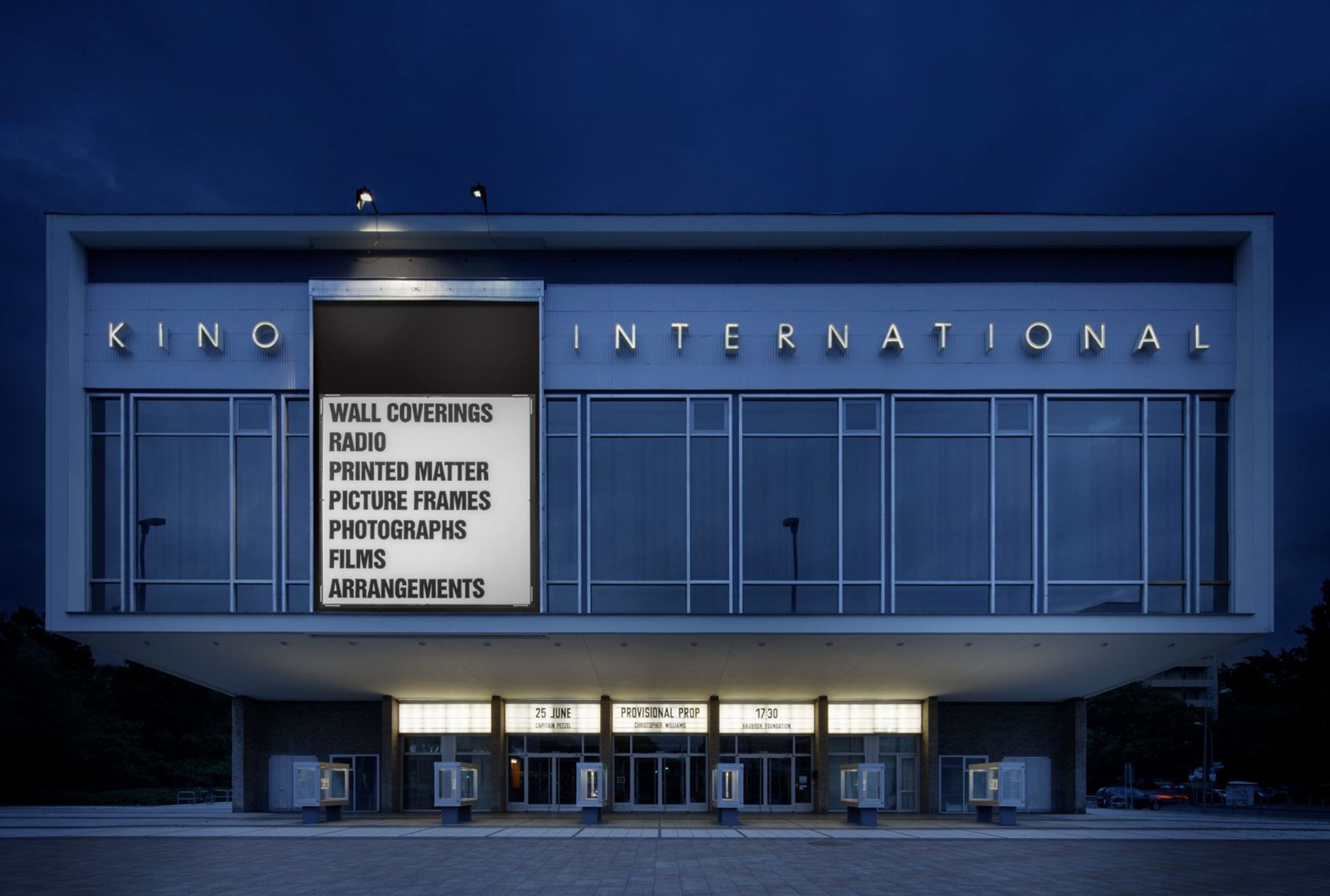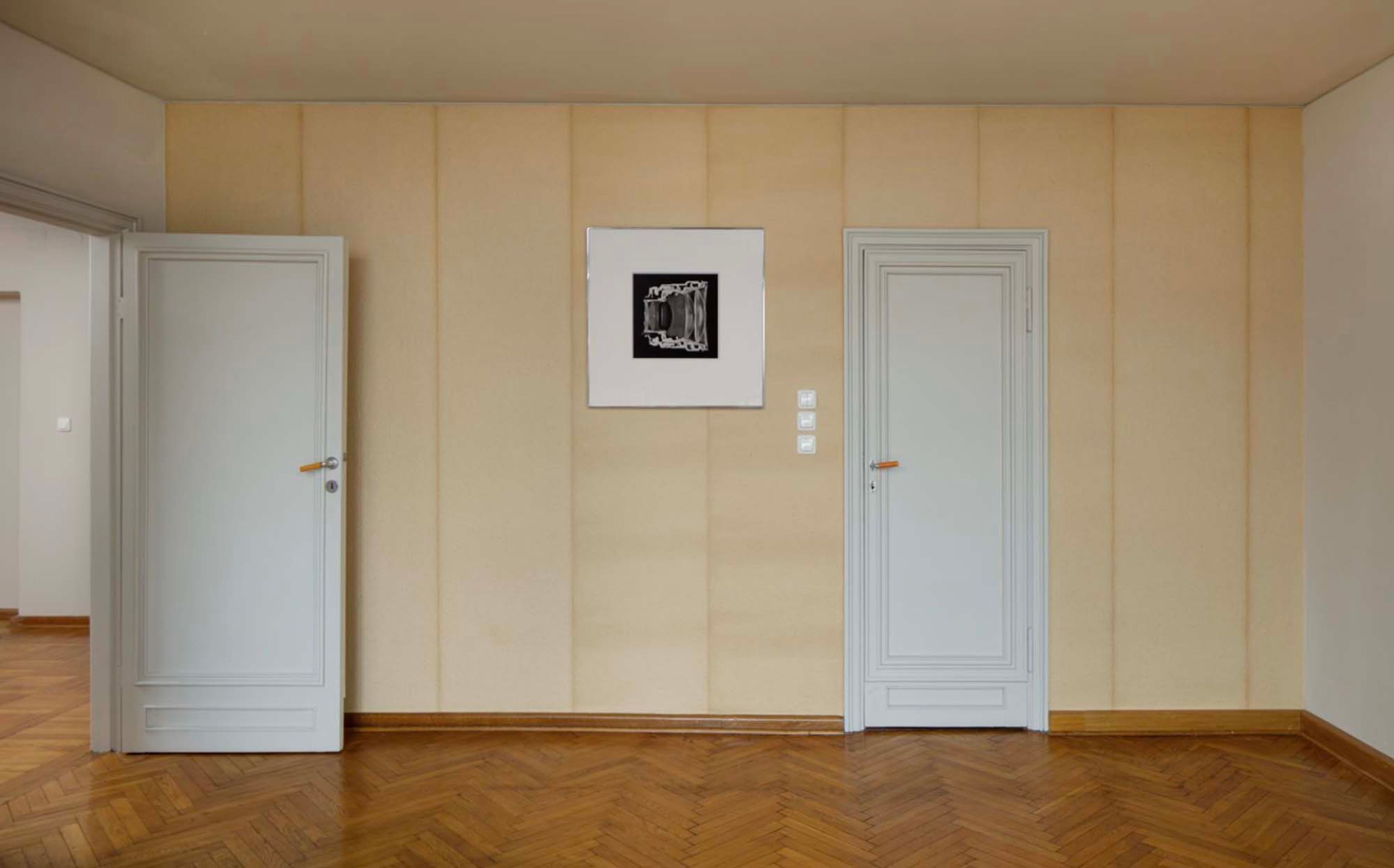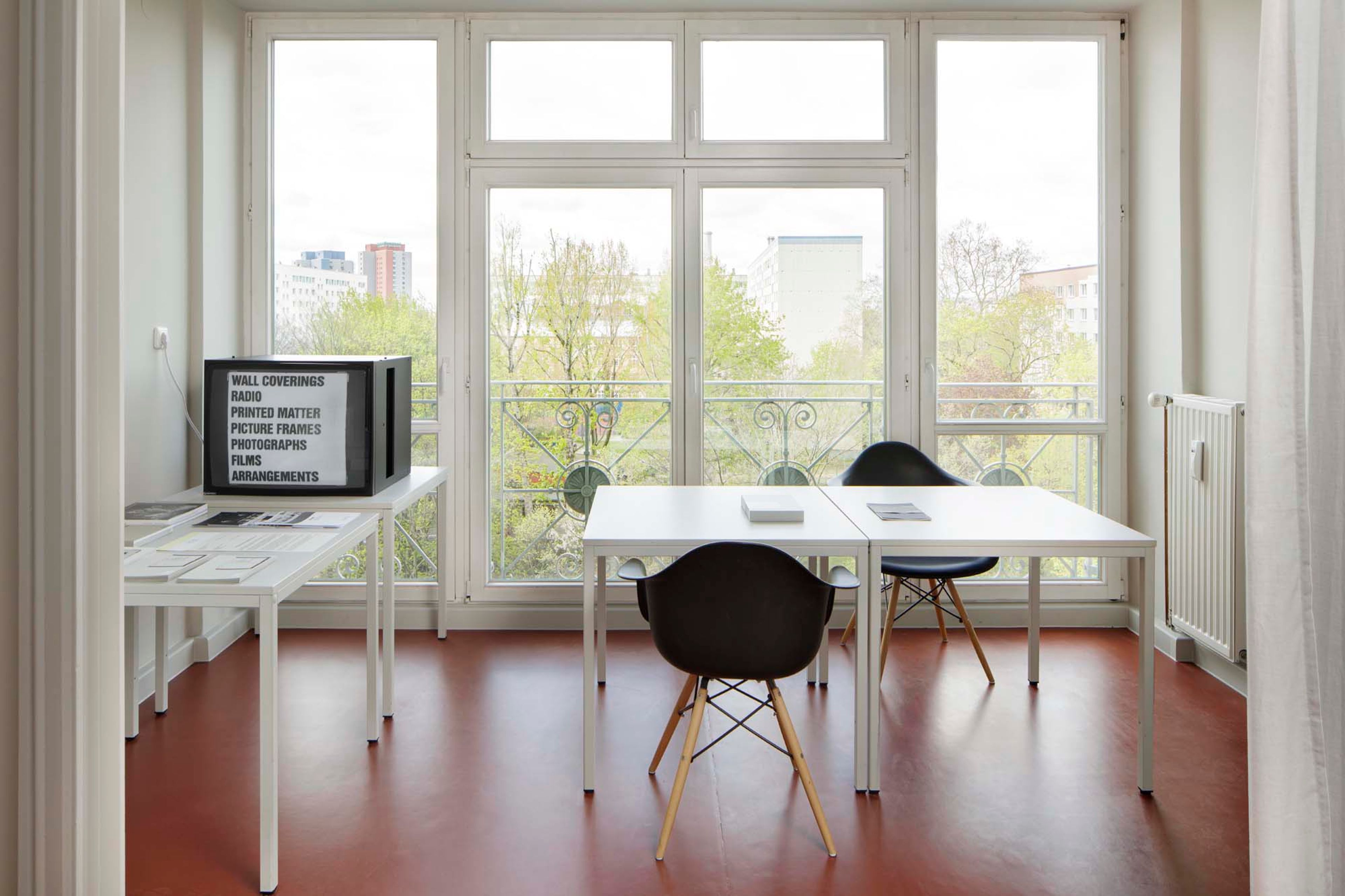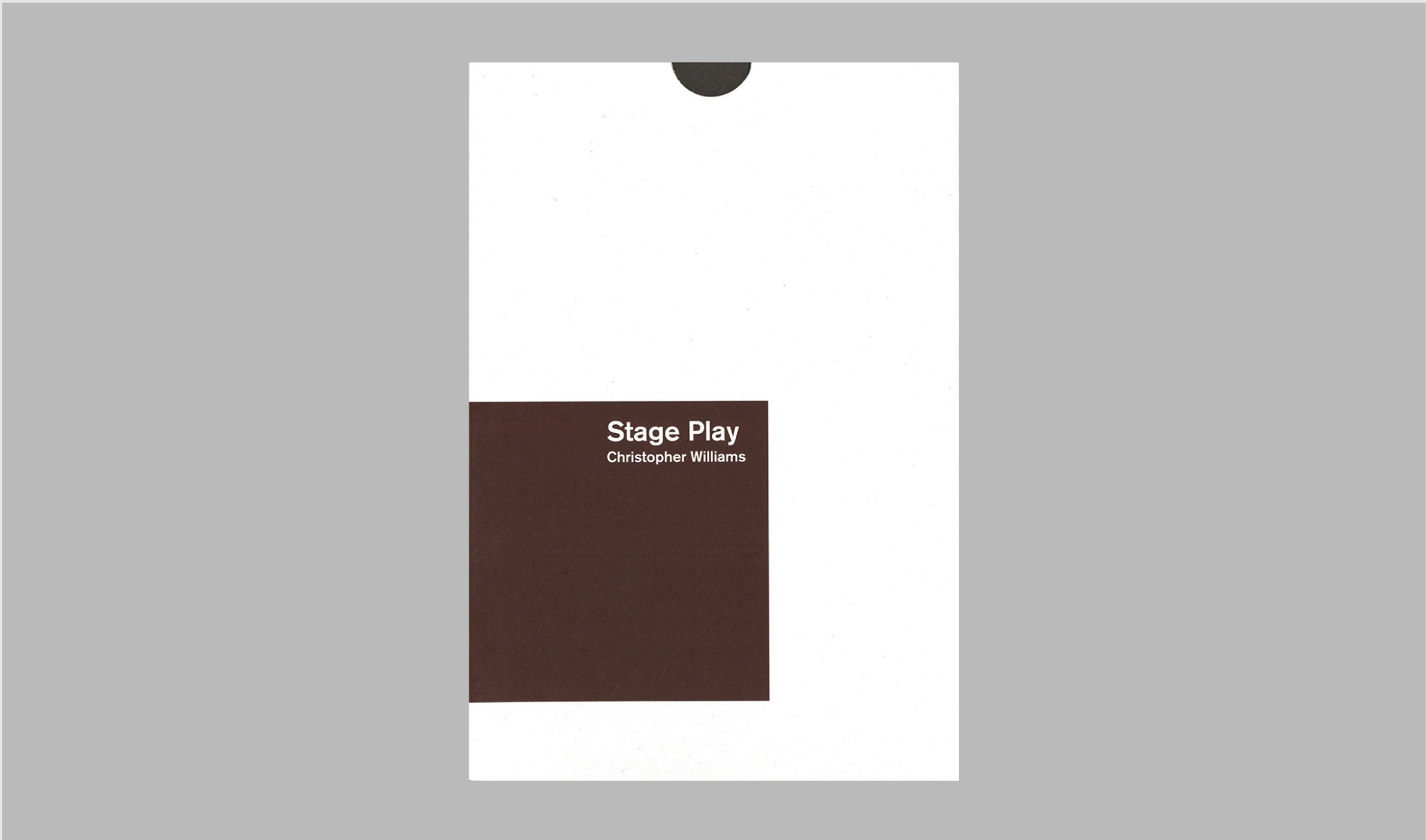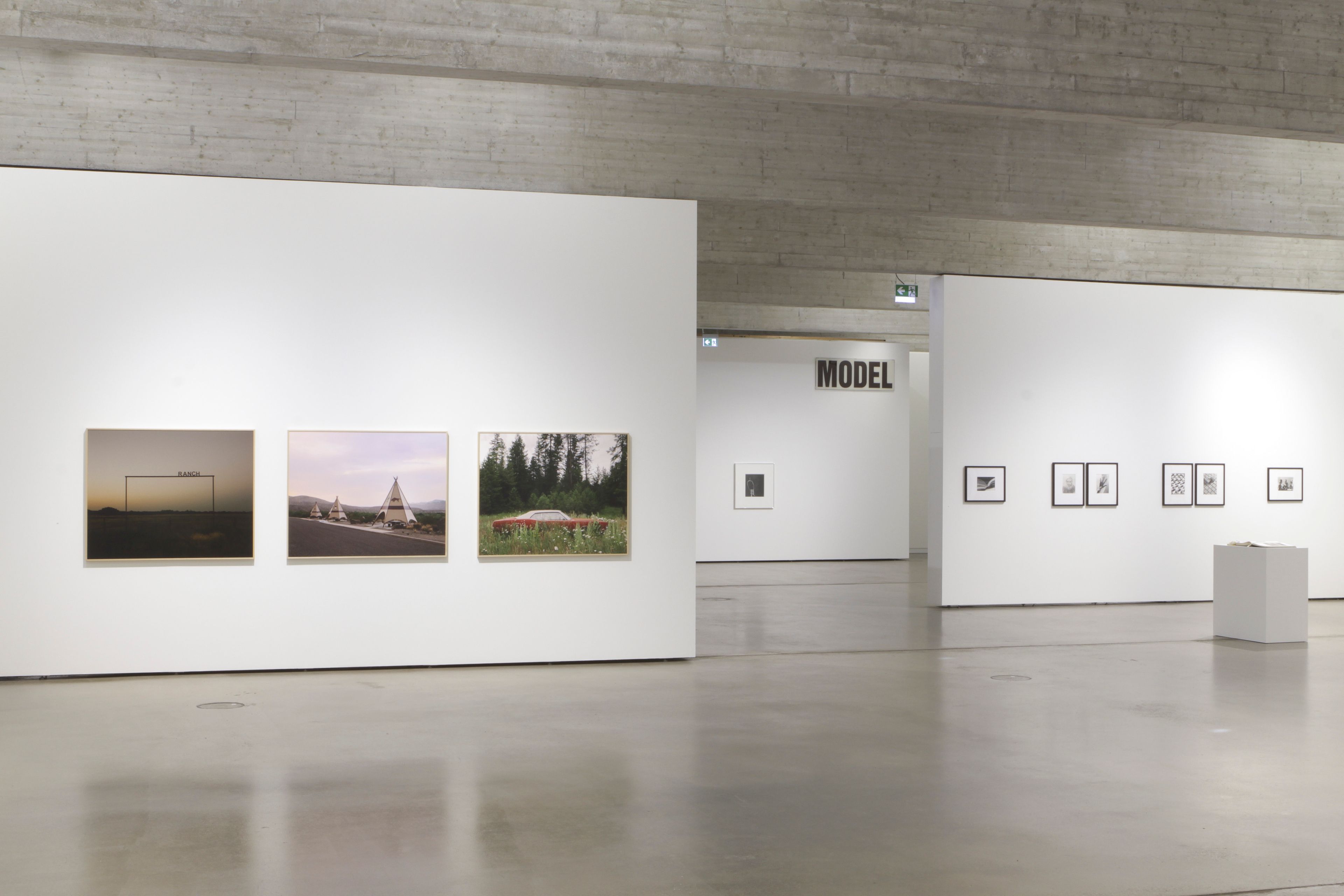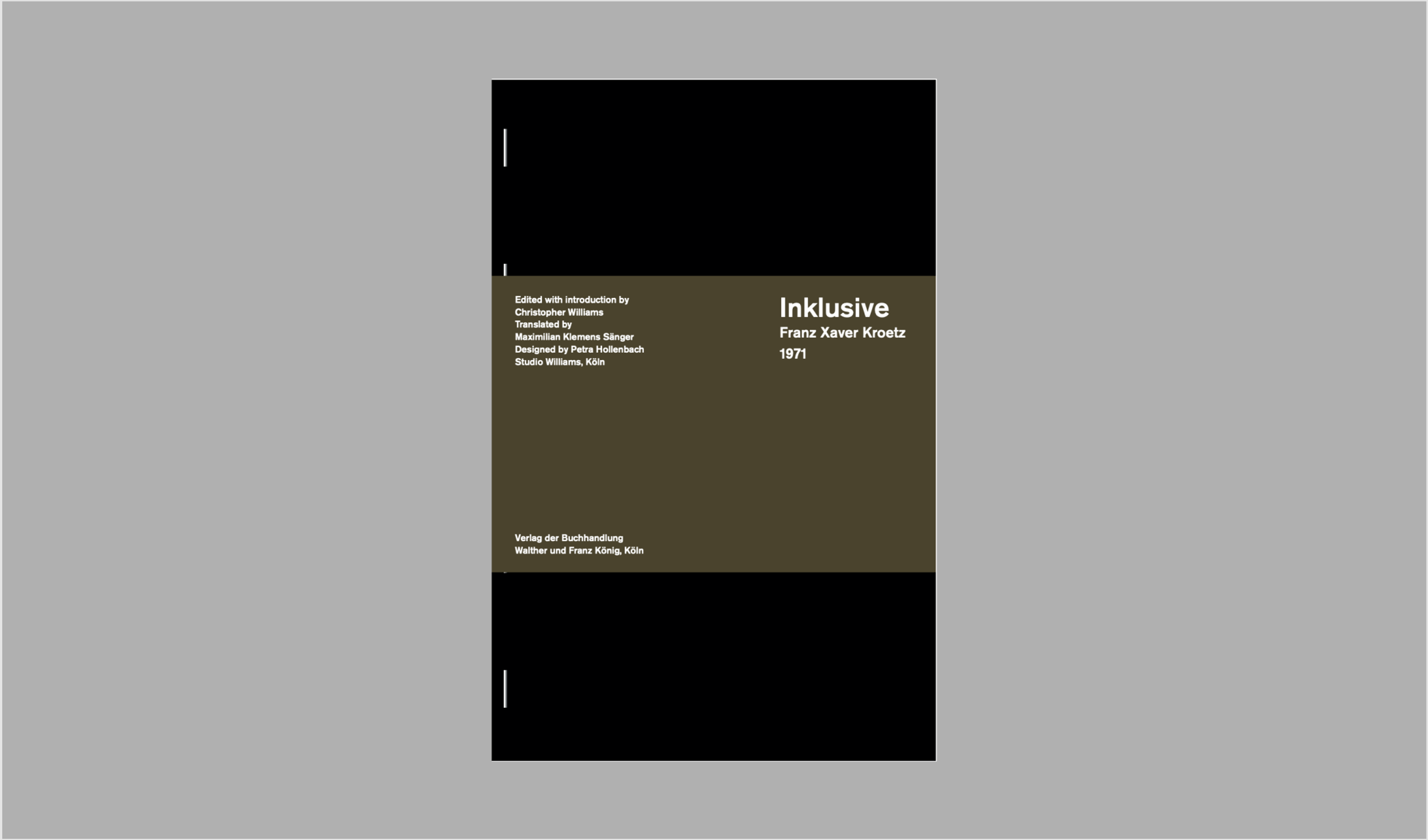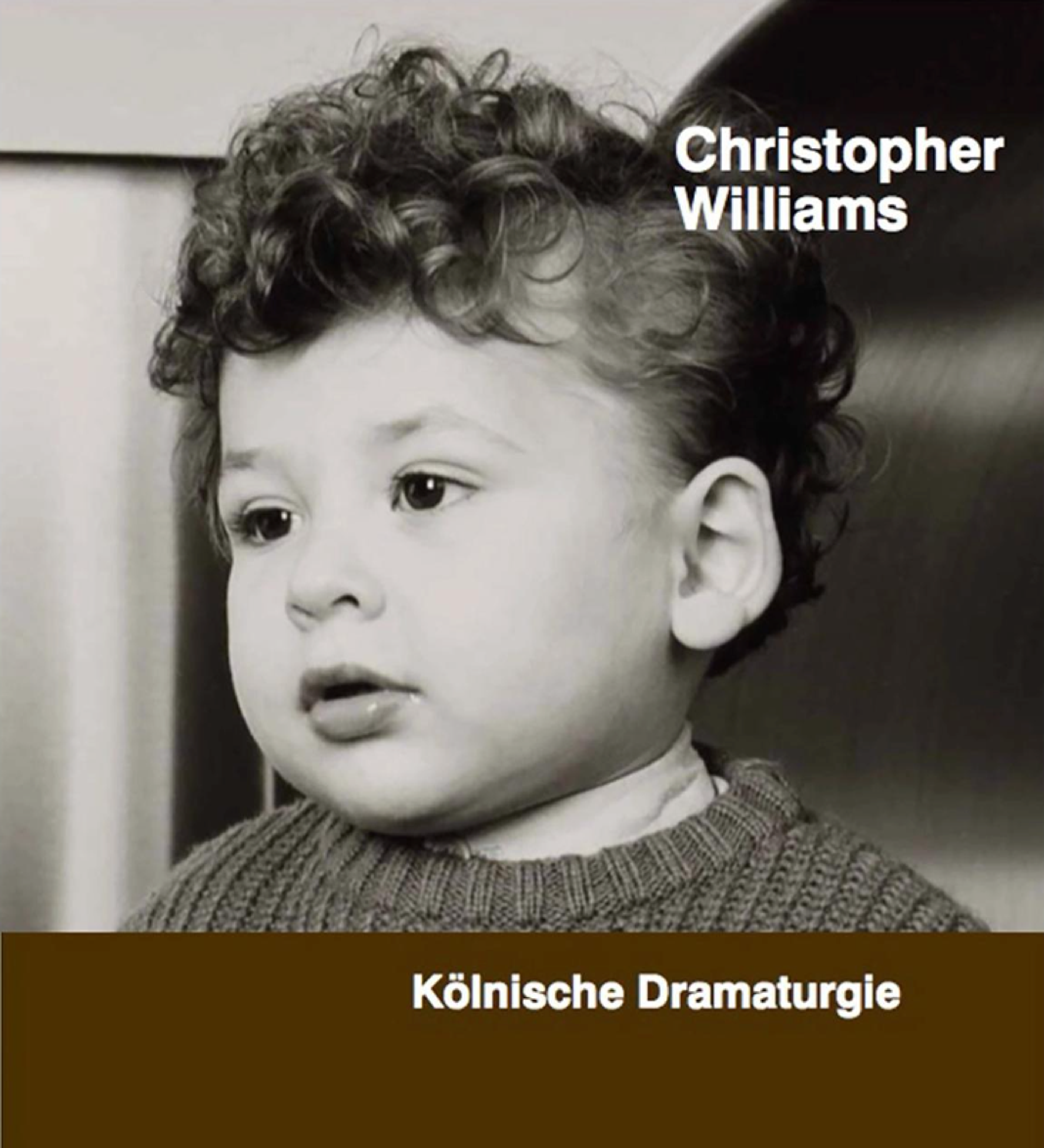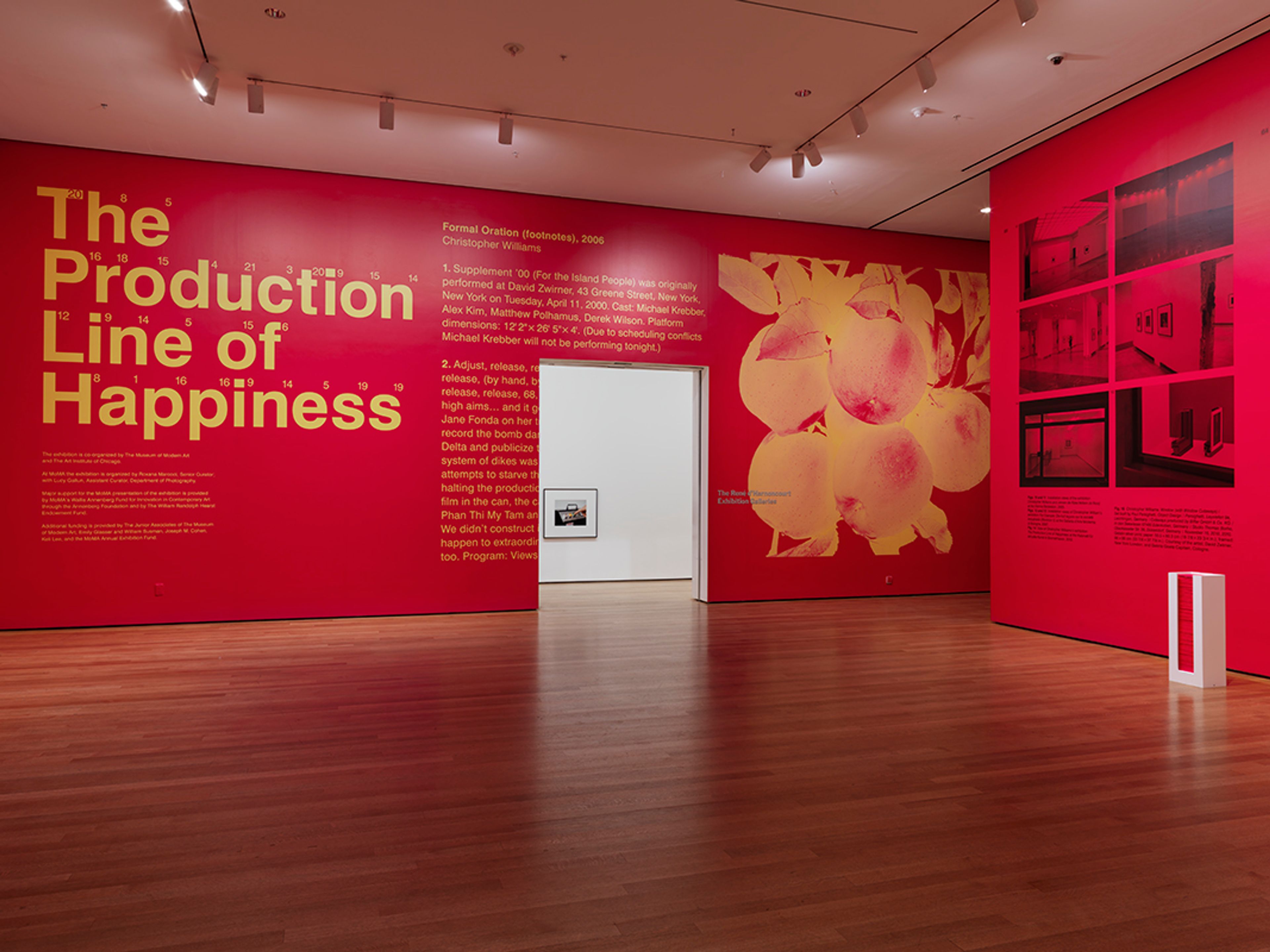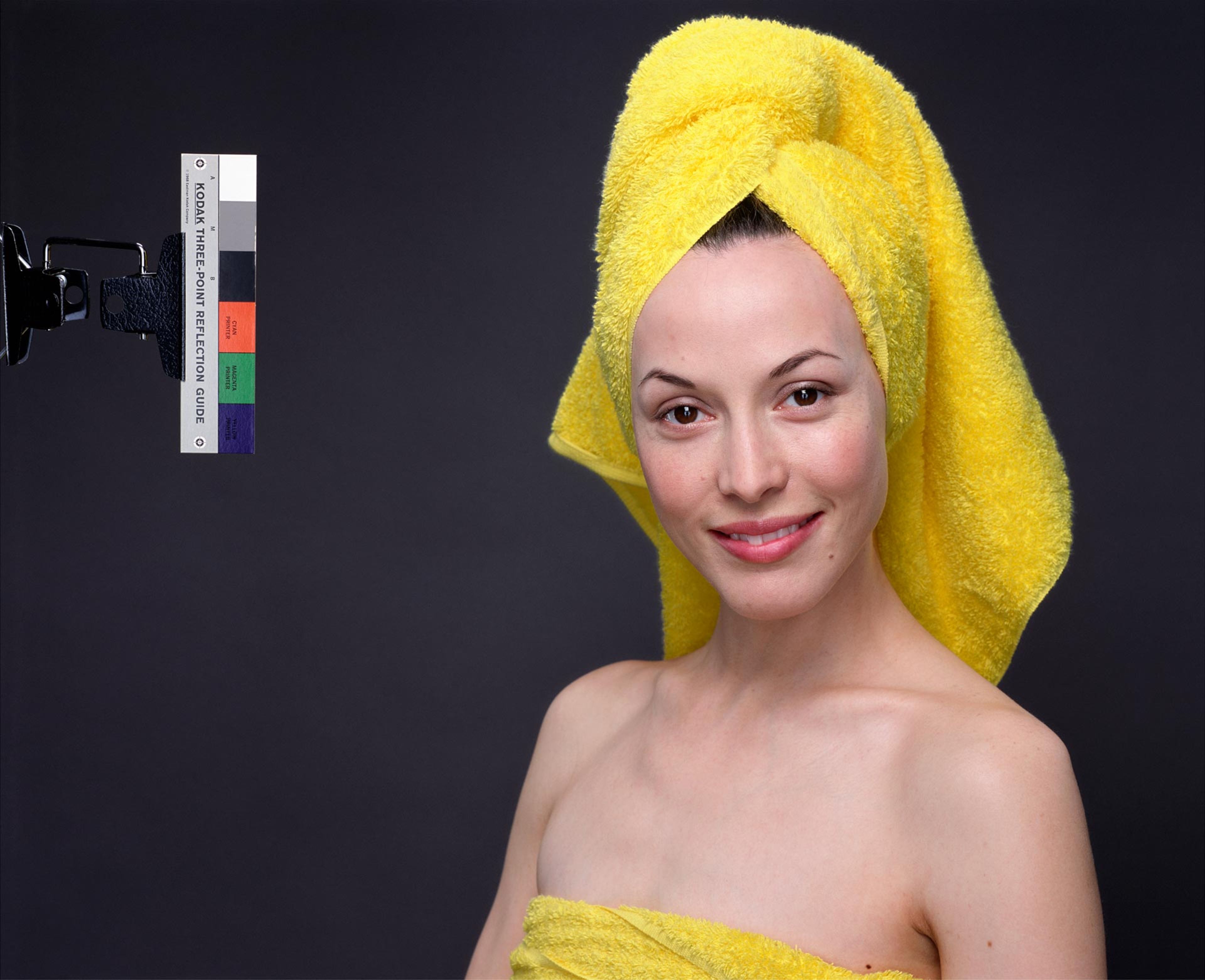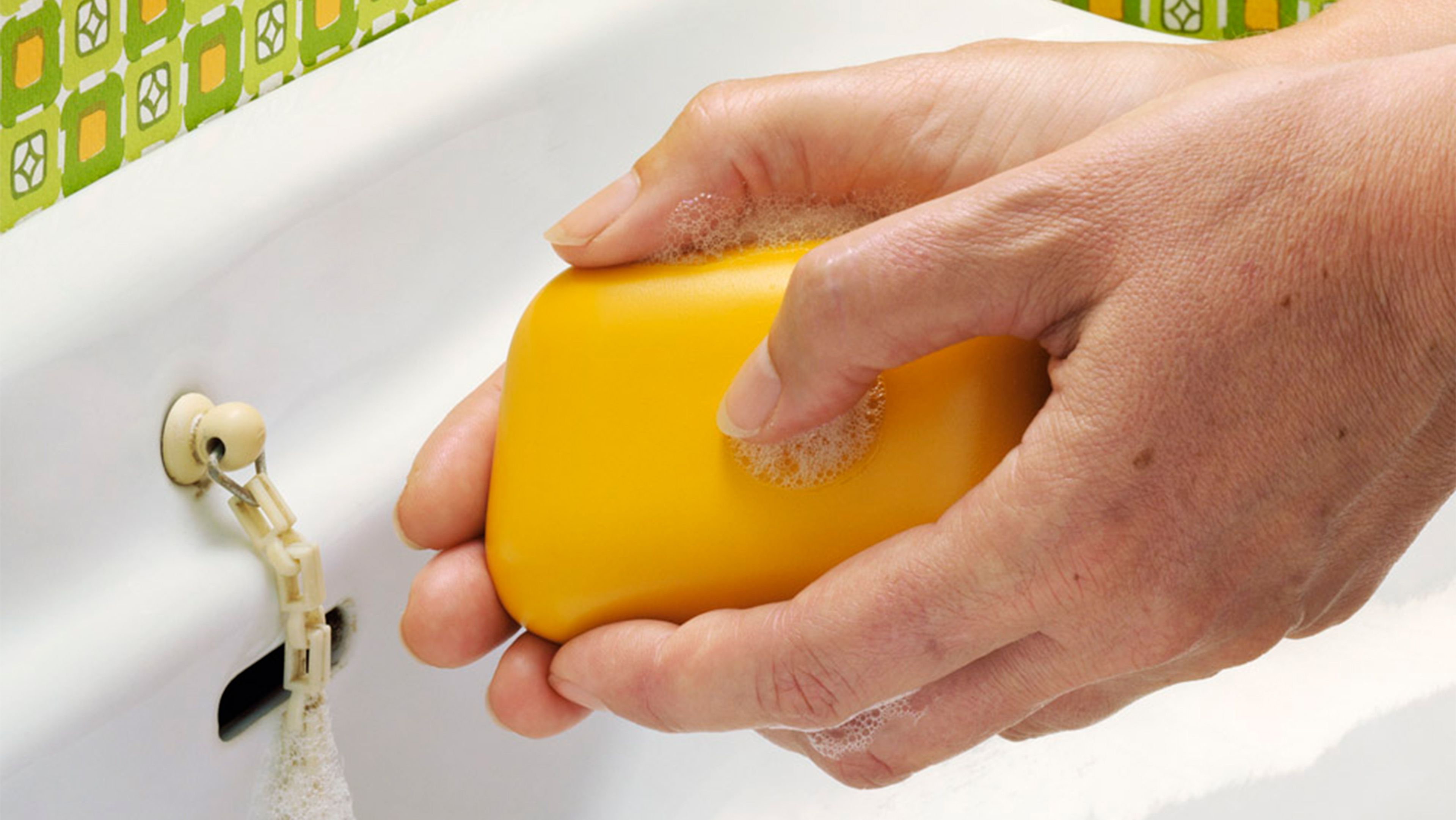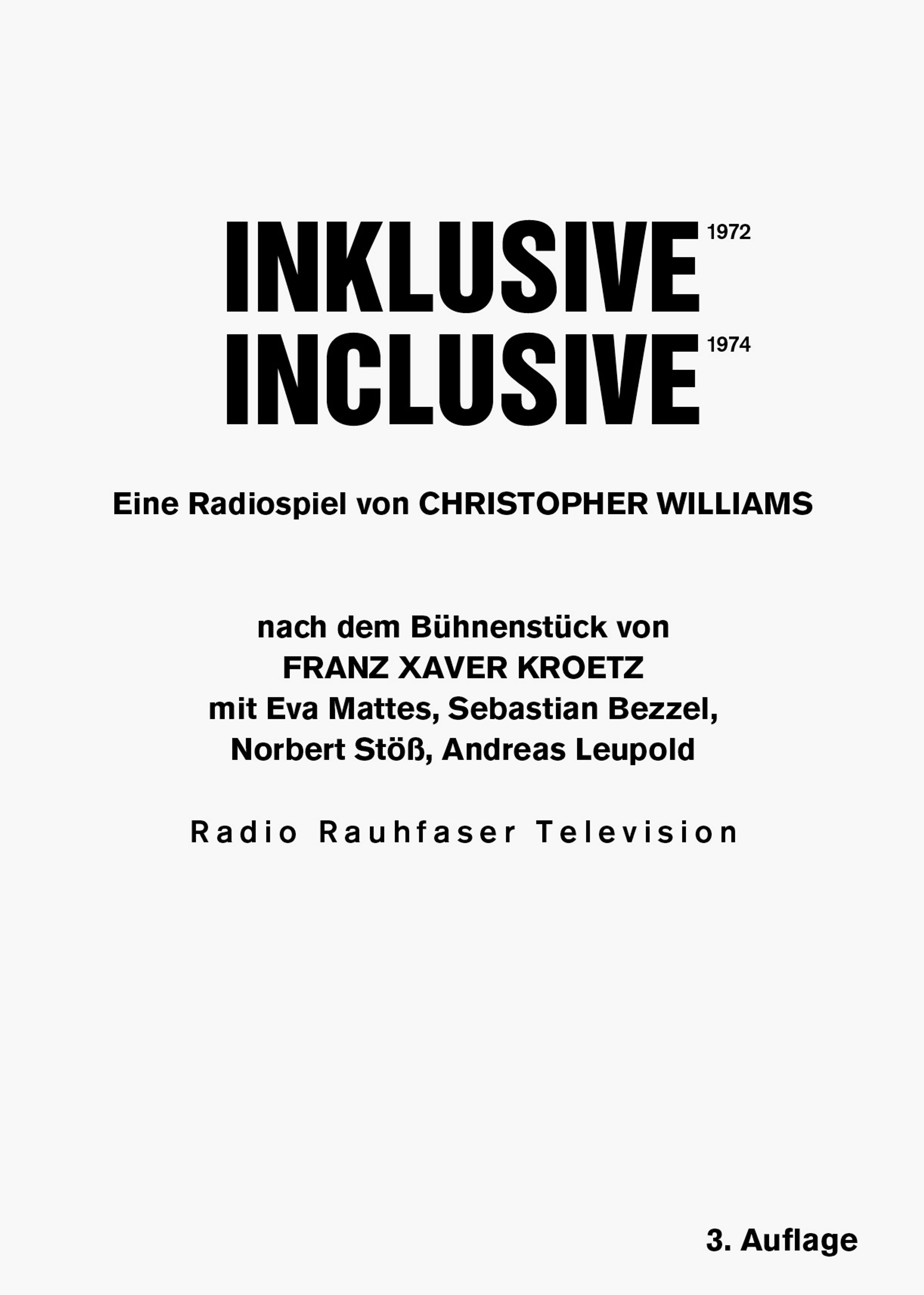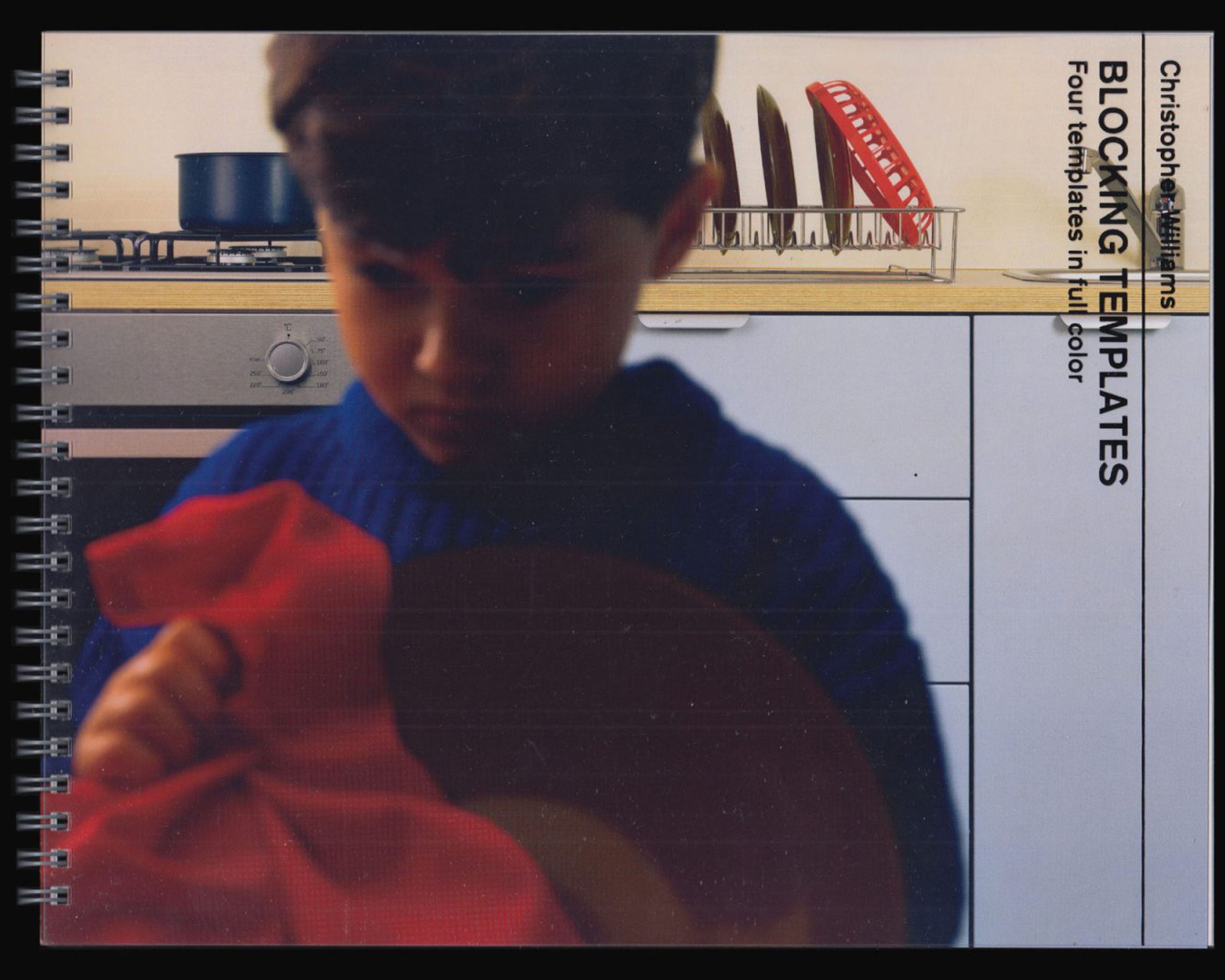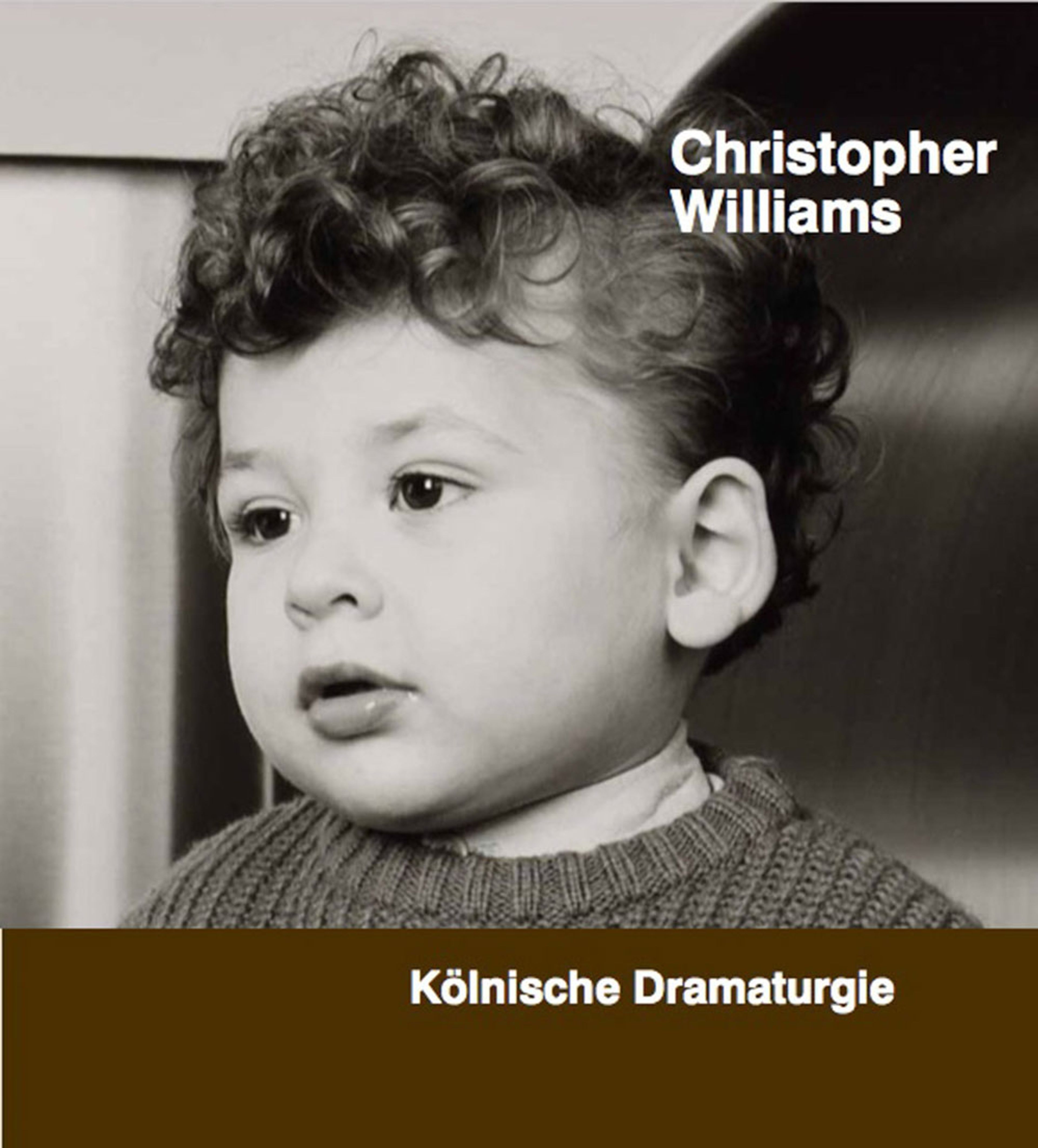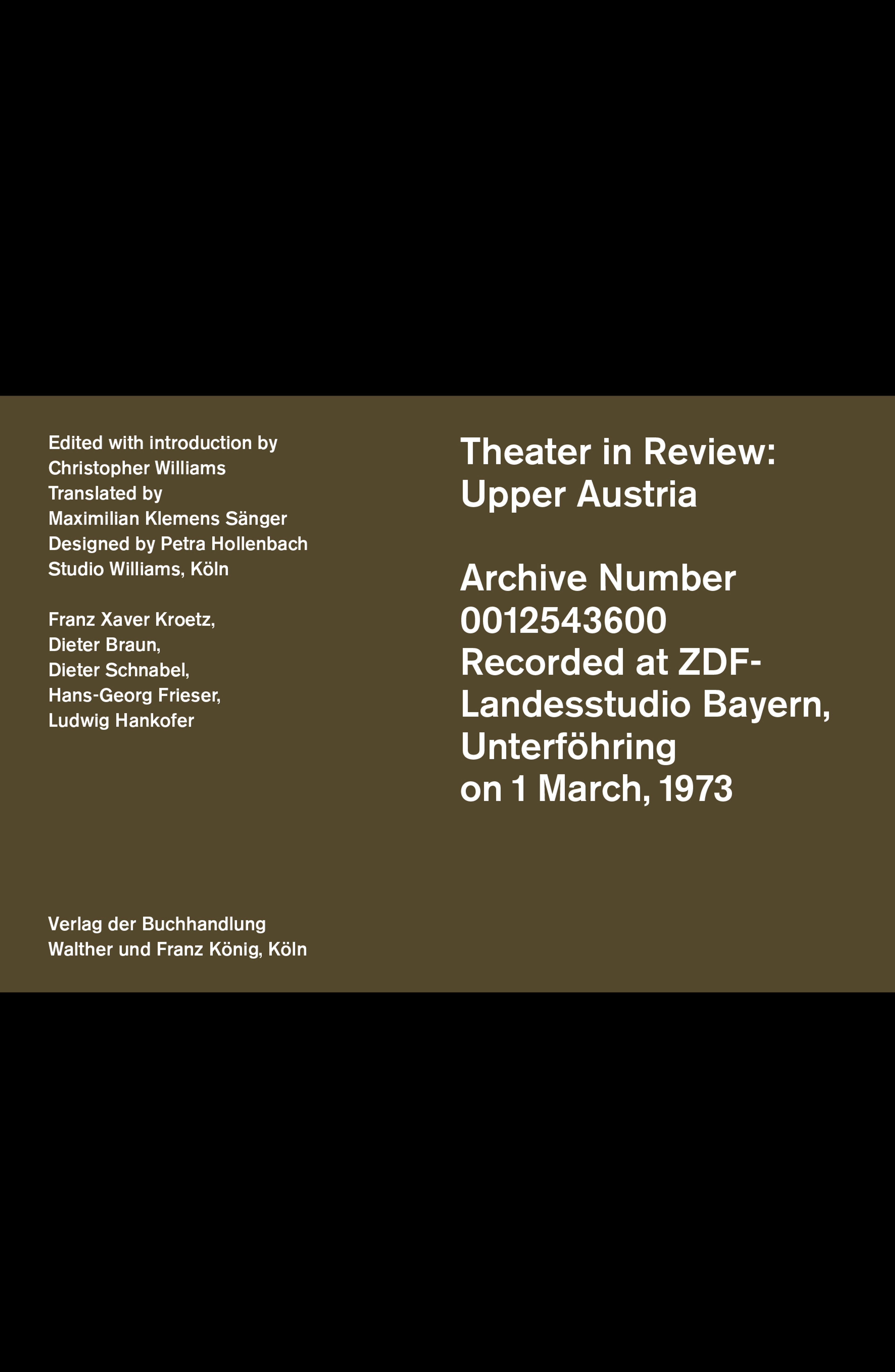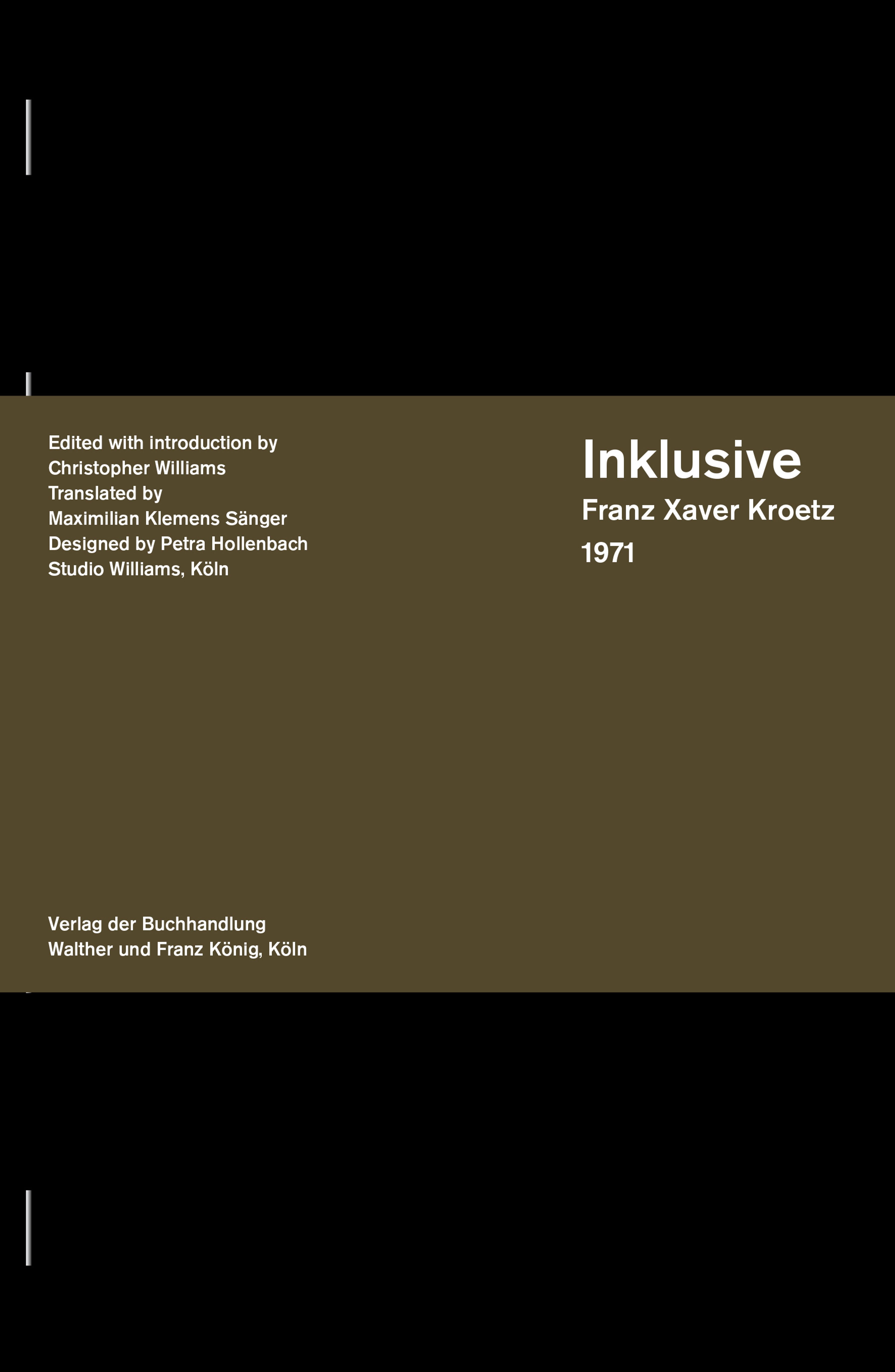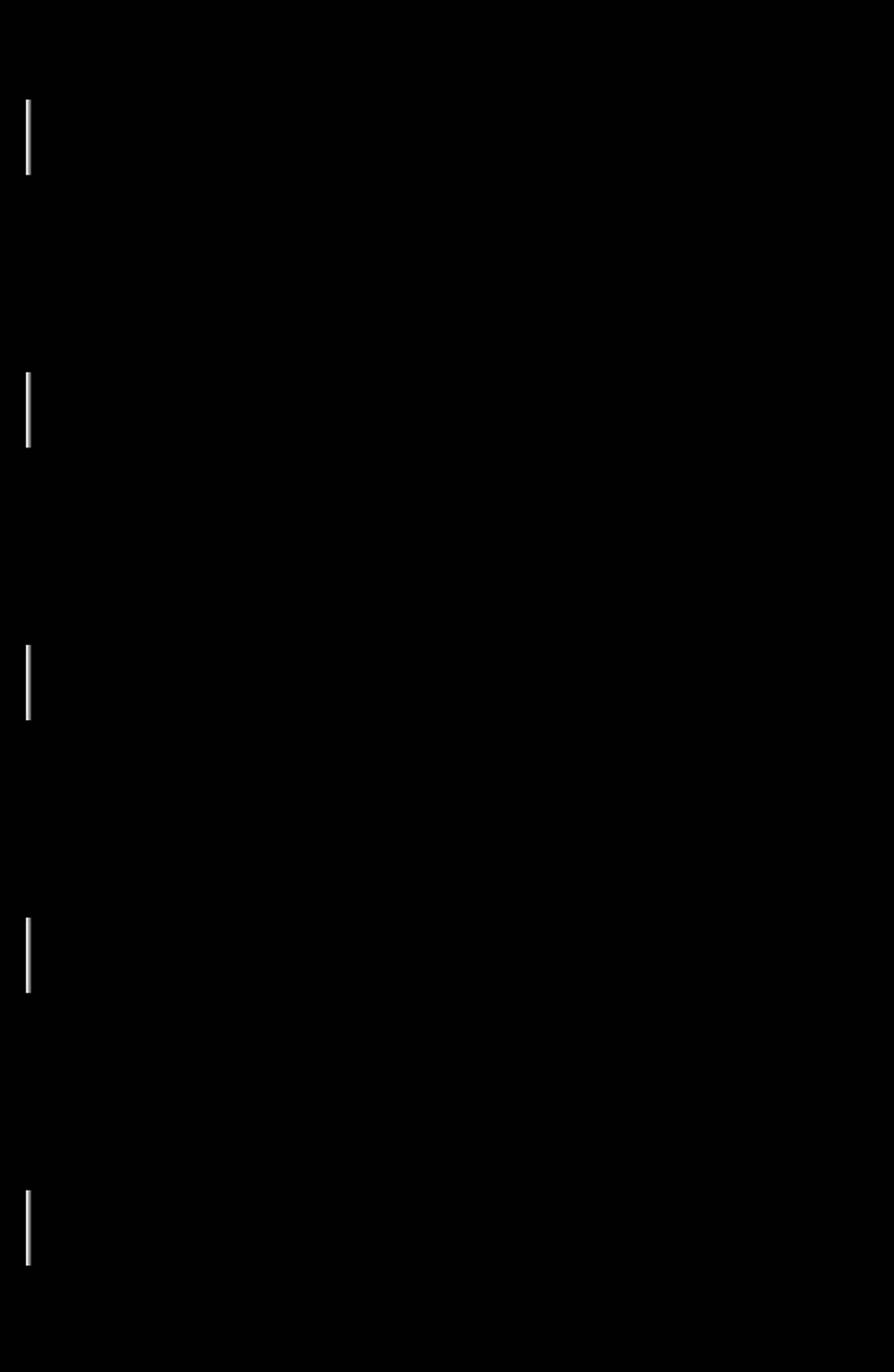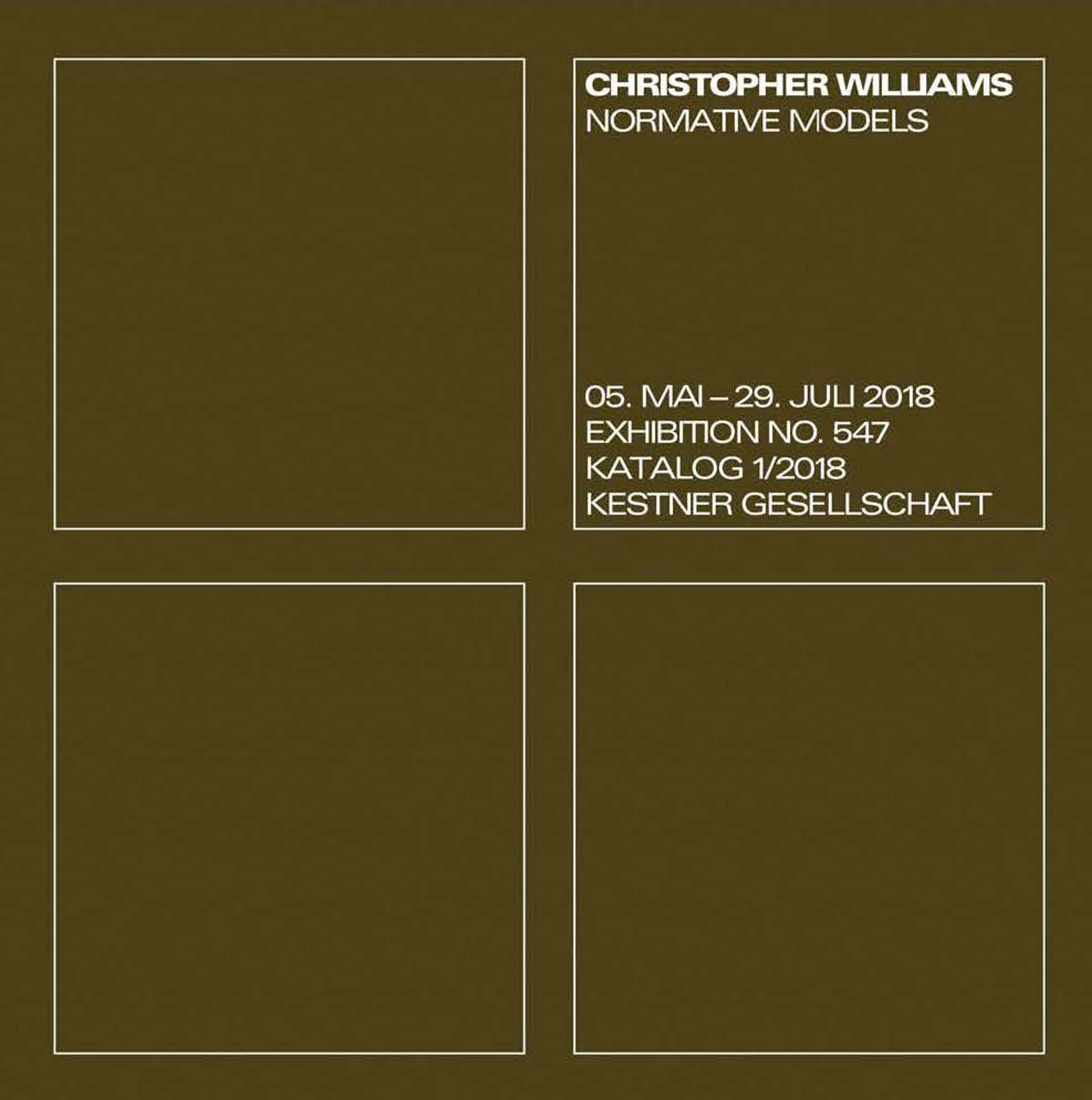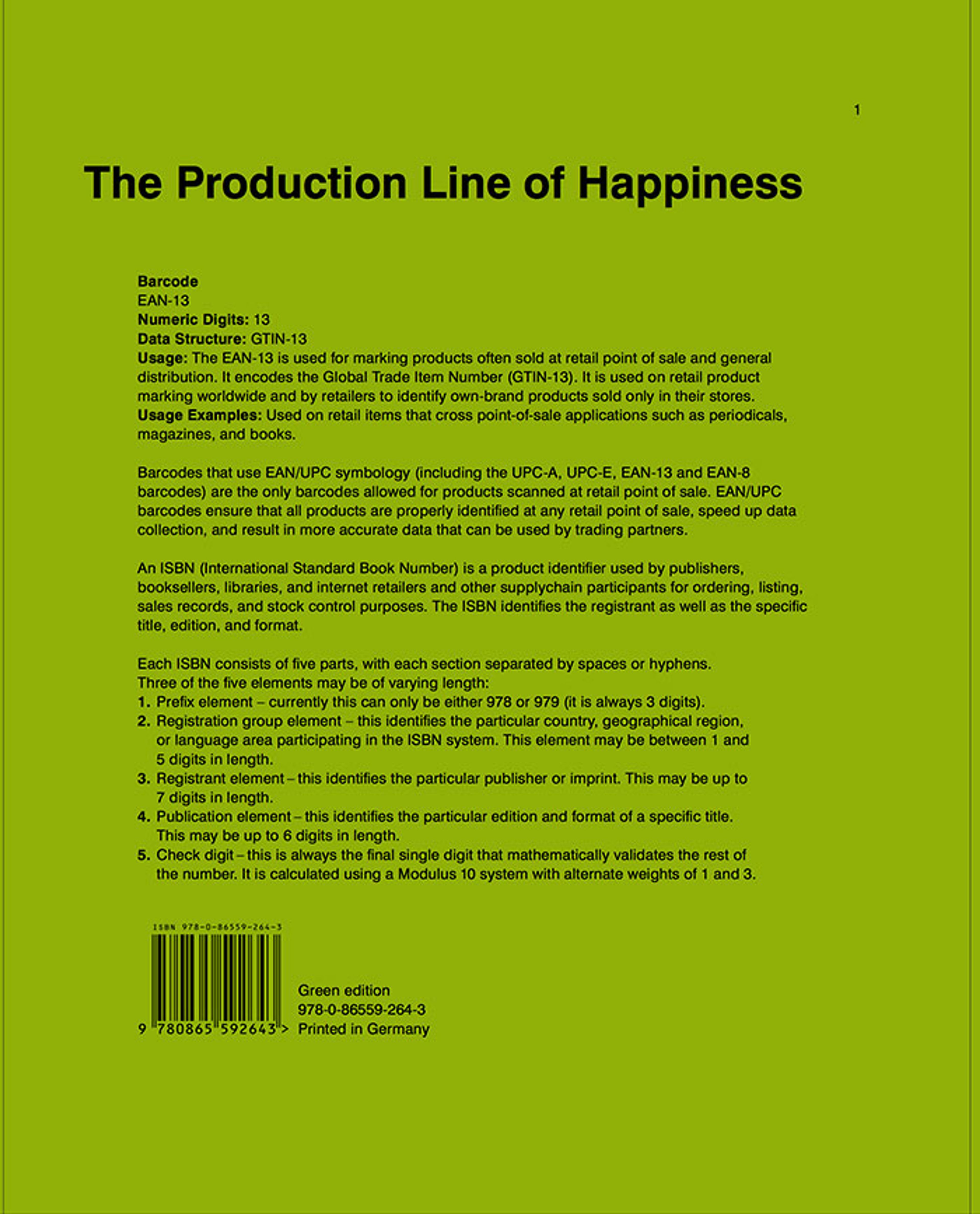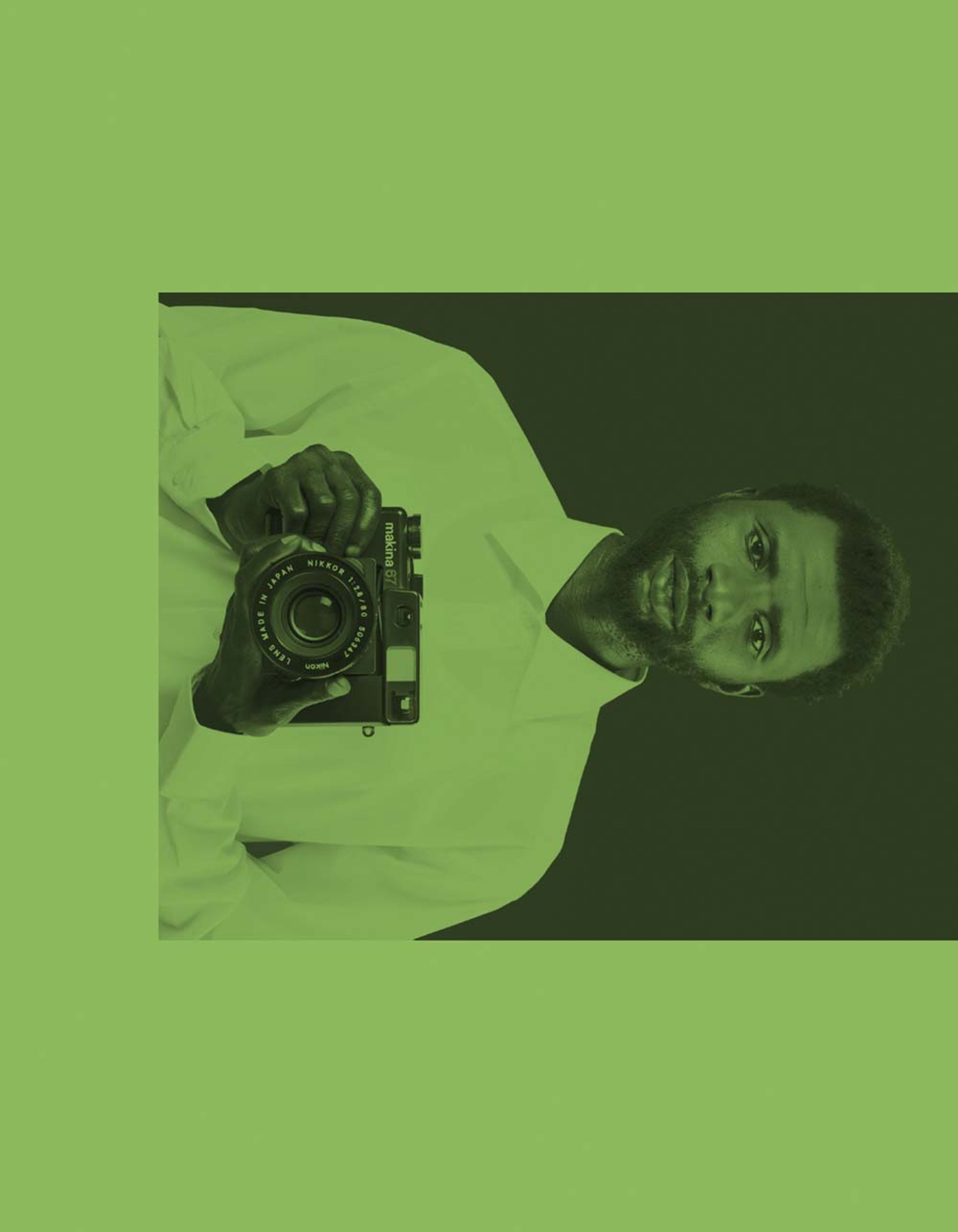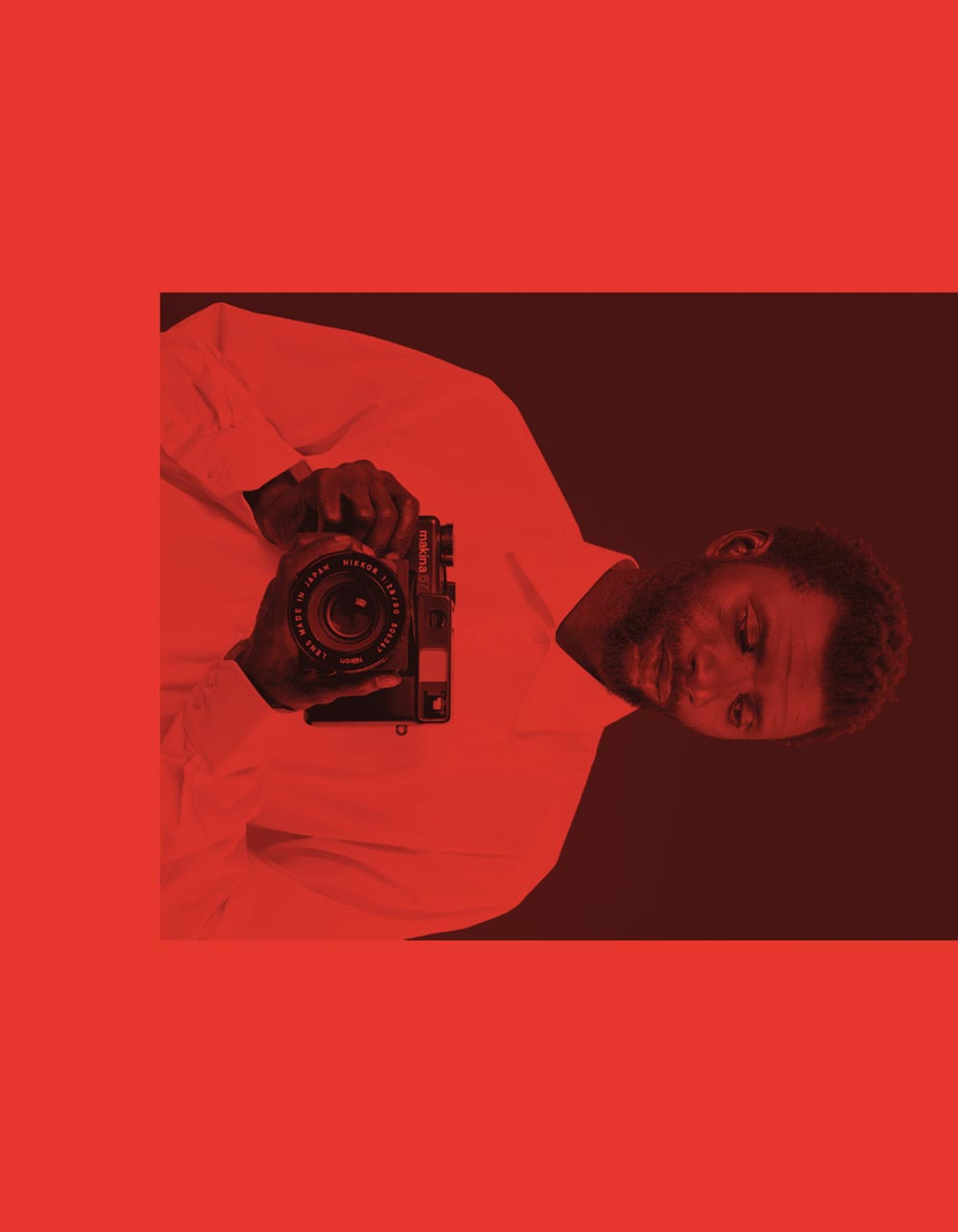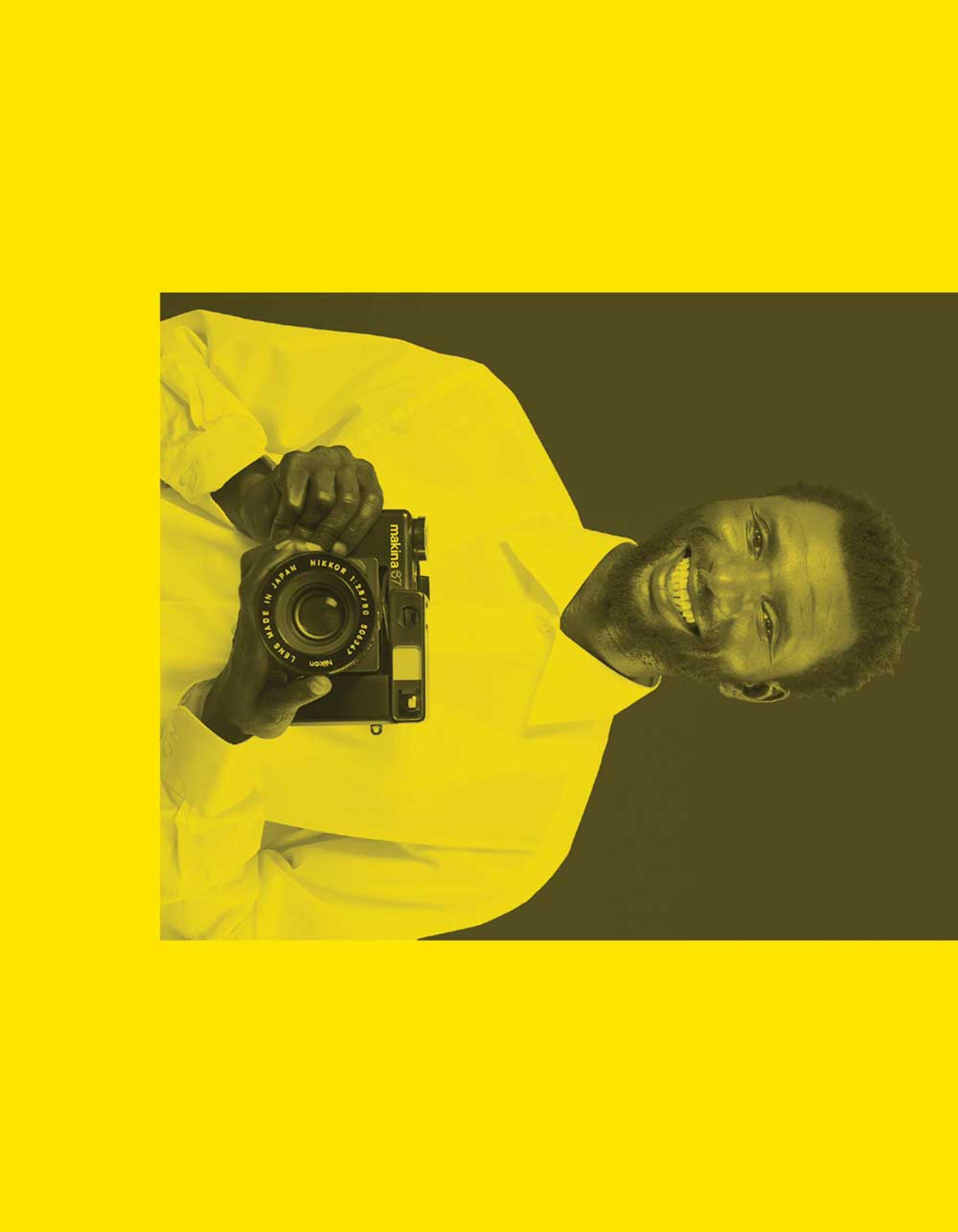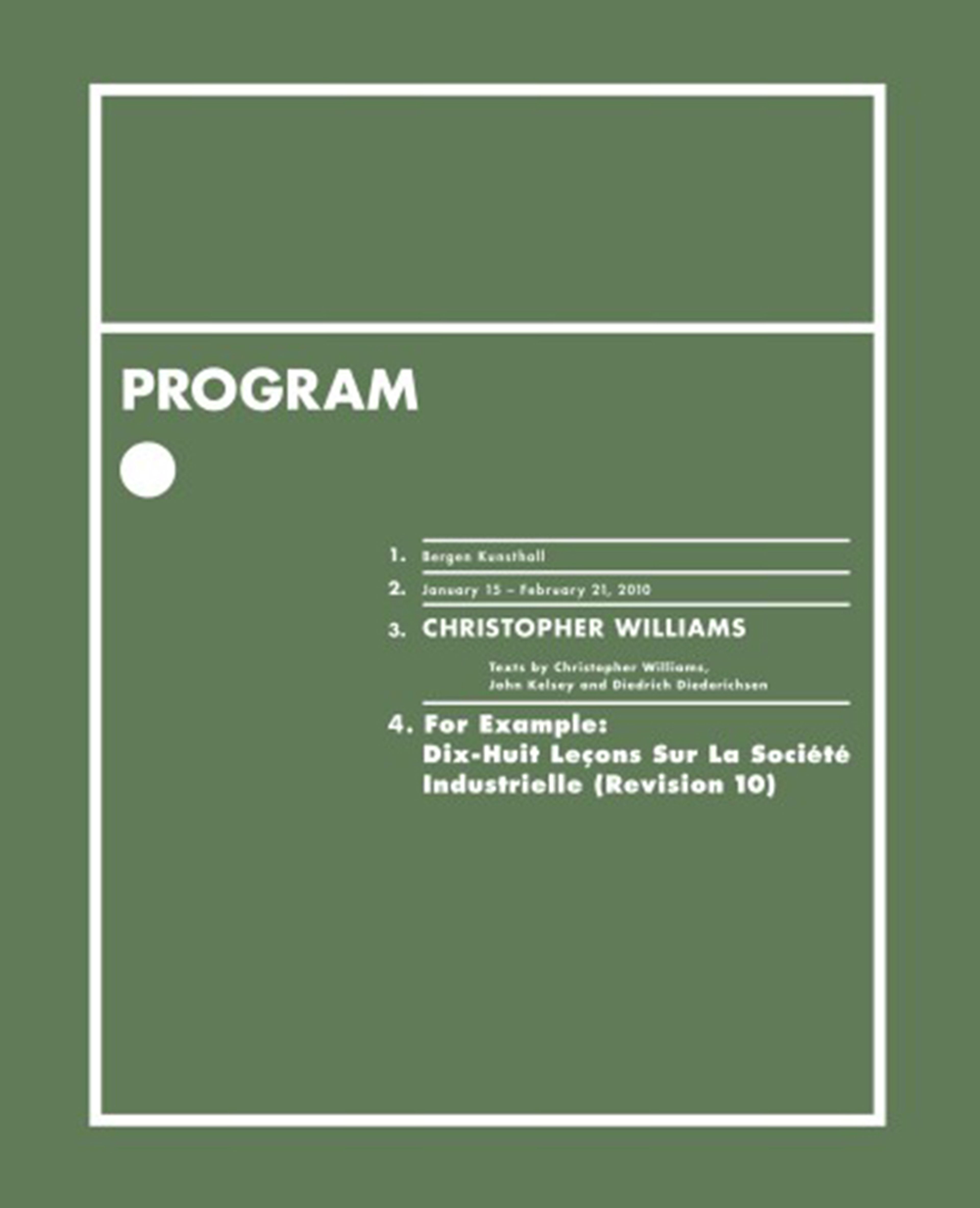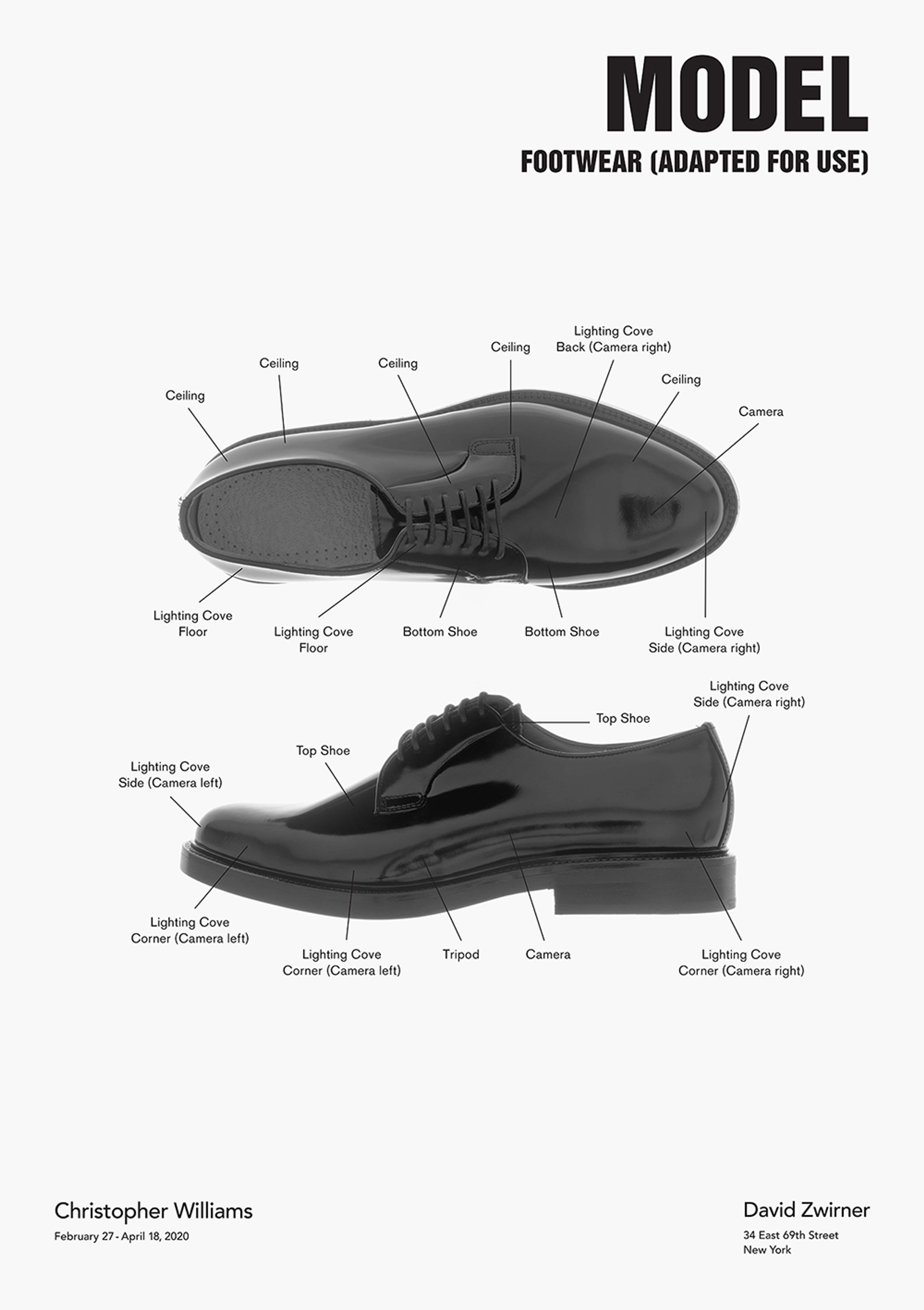Christopher Williams
Deeply political and historical, Christopher Williams’s (b. 1956) work addresses the visual and informational structures that define everyday life. Working in a variety of media, including photography, video, and installation, his multifaceted practice incorporates references to multiple sources and precedents, including the artist’s own ever-expanding inventory of imagery and discursive materials.
Learn MoreSurvey
Available Artworks
Exhibitions
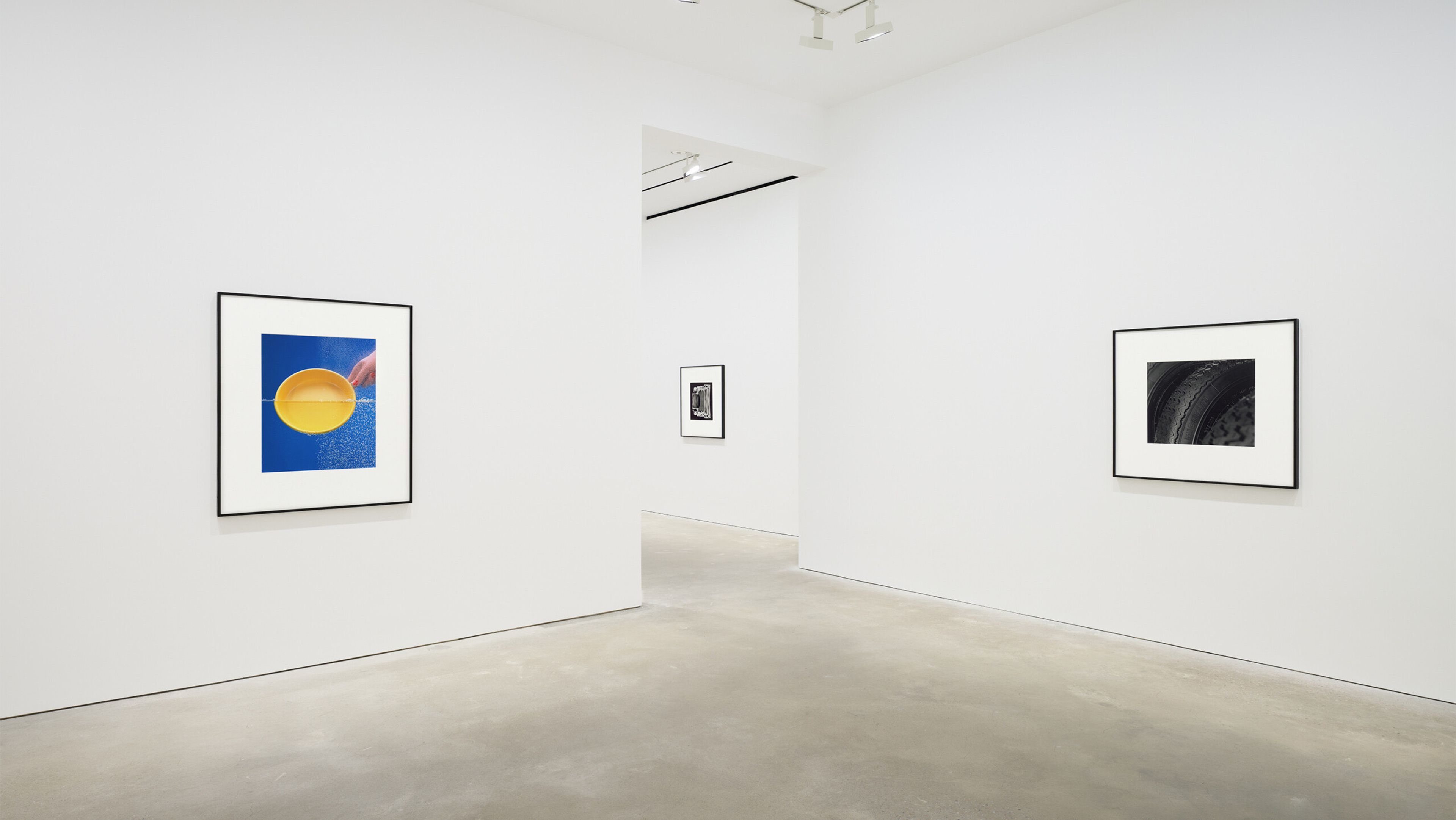
Explore Exhibitions
Artist News
Biography
Deeply political and historical, Christopher Williams’s (b. 1956) work addresses the visual and informational structures that define everyday life. Working in a variety of media, including photography, video, and installation, his multifaceted practice incorporates references to multiple sources and precedents, including the artist’s own ever-expanding inventory of imagery and discursive materials.
Williams was born in Los Angeles. Since 2000, his work has been represented by David Zwirner. He has had eleven solo exhibitions at the gallery. Footwear (Adapted for Use) was on view in 2020 at the gallery’s East 69th Street location in New York. The solo exhibition standard pose was on view at David Zwirner, Paris, from 2021–2022. In 2023, an exhibition of the artist’s work was presented at David Zwirner, Hong Kong, marking his first solo show in Greater China.
Christopher Williams: The Production Line of Happiness marked the artist's first major museum survey, which spanned thirty-five years of work. The exhibition was first on view at The Art Institute of Chicago in 2014, followed by The Museum of Modern Art, New York, and Whitechapel Gallery, London in 2015. Also in 2014, Williams was the first artist to receive the Photography Catalogue of the Year, presented by the Paris Photo–Aperture Foundation PhotoBook Awards, for the two volumes specially designed and published on the occasion of his touring survey, The Production Line of Happiness (exhibition catalogue) and Printed in Germany (artist book).
In 2019-2020, C/O Berlin presented the solo show Christopher Williams - MODEL: Kochgeschirre, Kinder, Viet Nam (Angepasst zum Benutzen). Other solo exhibitions include those held at Kestner Gesellschaft, Hanover, Germany (2018); La Triennale di Milano (2017); ETH Zurich, Institute gta, Zurich (2017); Museum Morsbroich, Leverkusen, Germany (2011); Museum Dhondt-Dhaenens, Deurle, Belgium (2011); Staatliche Kunsthalle Baden-Baden, Germany (2010); Bergen Kunsthall, Norway (2010); Kunsthalle Zürich (2007); Museu Serralves, Porto, Portugal (2006); Secession, Vienna (2005); Kunstverein Braunschweig, Germany (2005); Museum Boijmans Van Beuningen, Rotterdam (1997); and Wexner Center for the Arts, Columbus, Ohio (1995).
Institutional collections which hold works by the artist include the Art Institute of Chicago; Carnegie Museum of Art, Pittsburgh; Hammer Museum, Los Angeles; Hirshhorn Museum and Sculpture Garden, Washington, DC; Ludwig Museum, Cologne; The Metropolitan Museum of Art, New York; The Museum of Modern Art, New York; Museum Moderner Kunst Stiftung Ludwig Wien, Vienna; San Francisco Museum of Modern Art; Solomon R. Guggenheim Museum, New York; Tate, United Kingdom; and the Whitney Museum of American Art, New York. He lives and works in Cologne and Los Angeles.
Selected Press
Selected Titles

Request more information
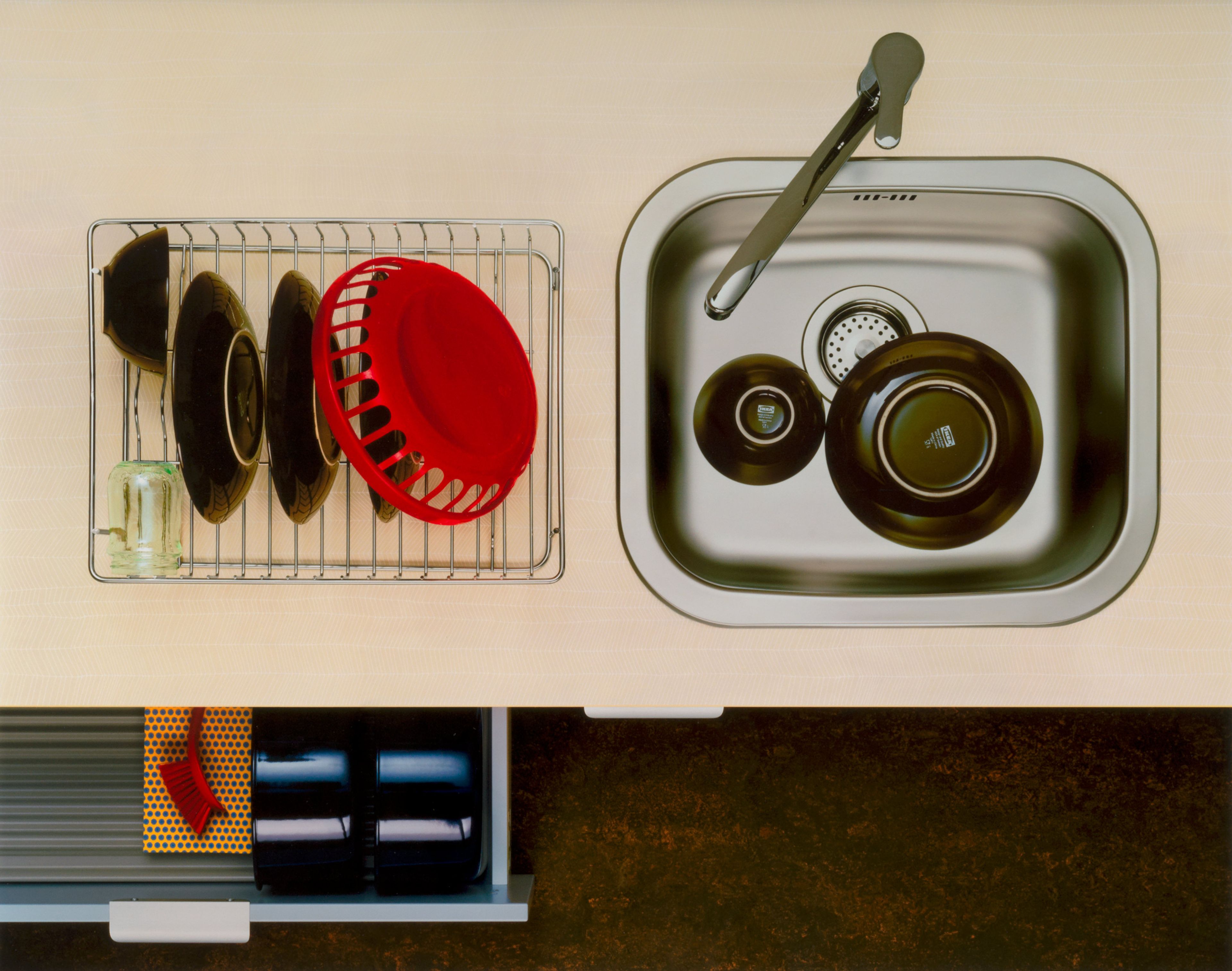

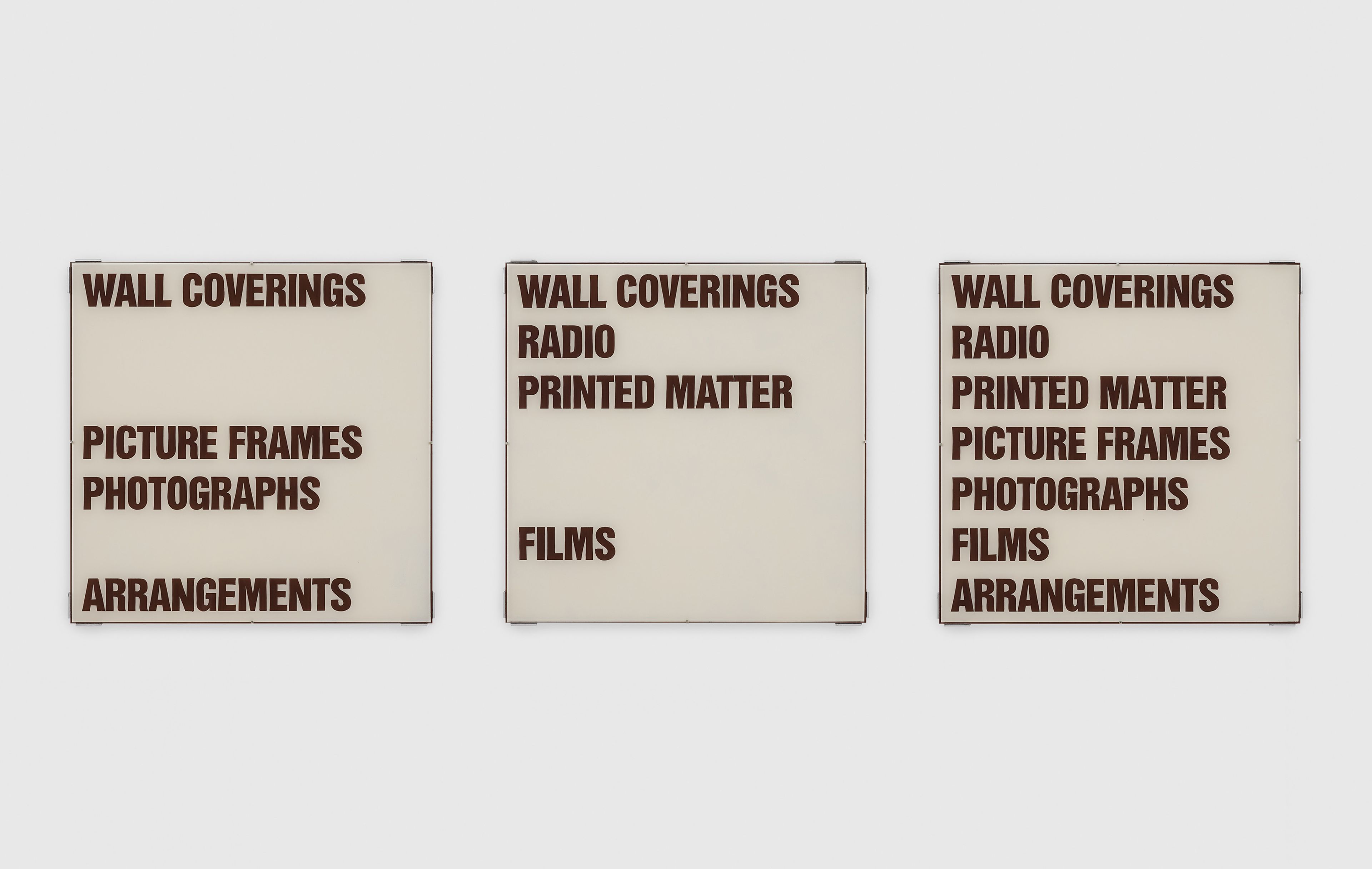
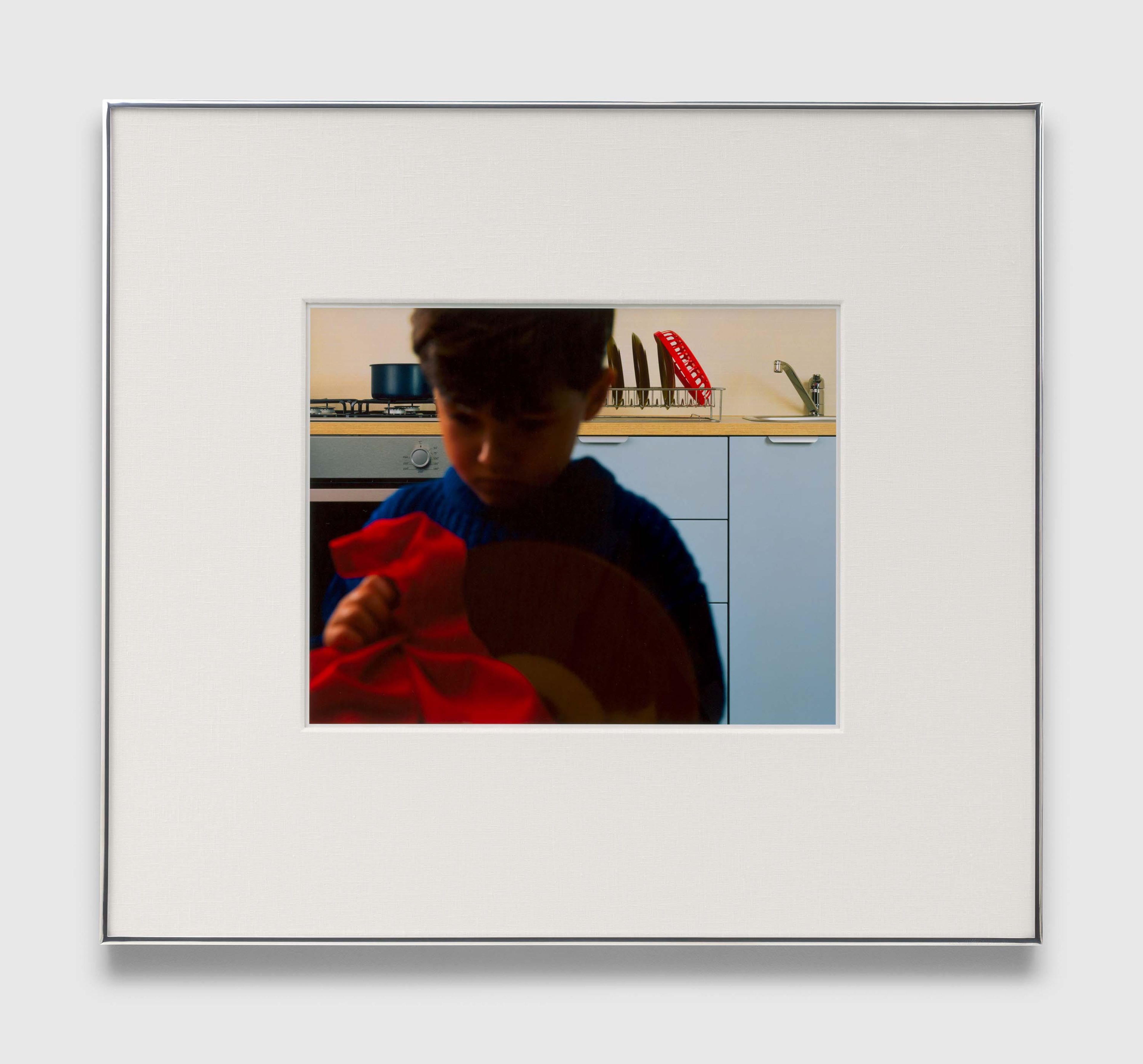
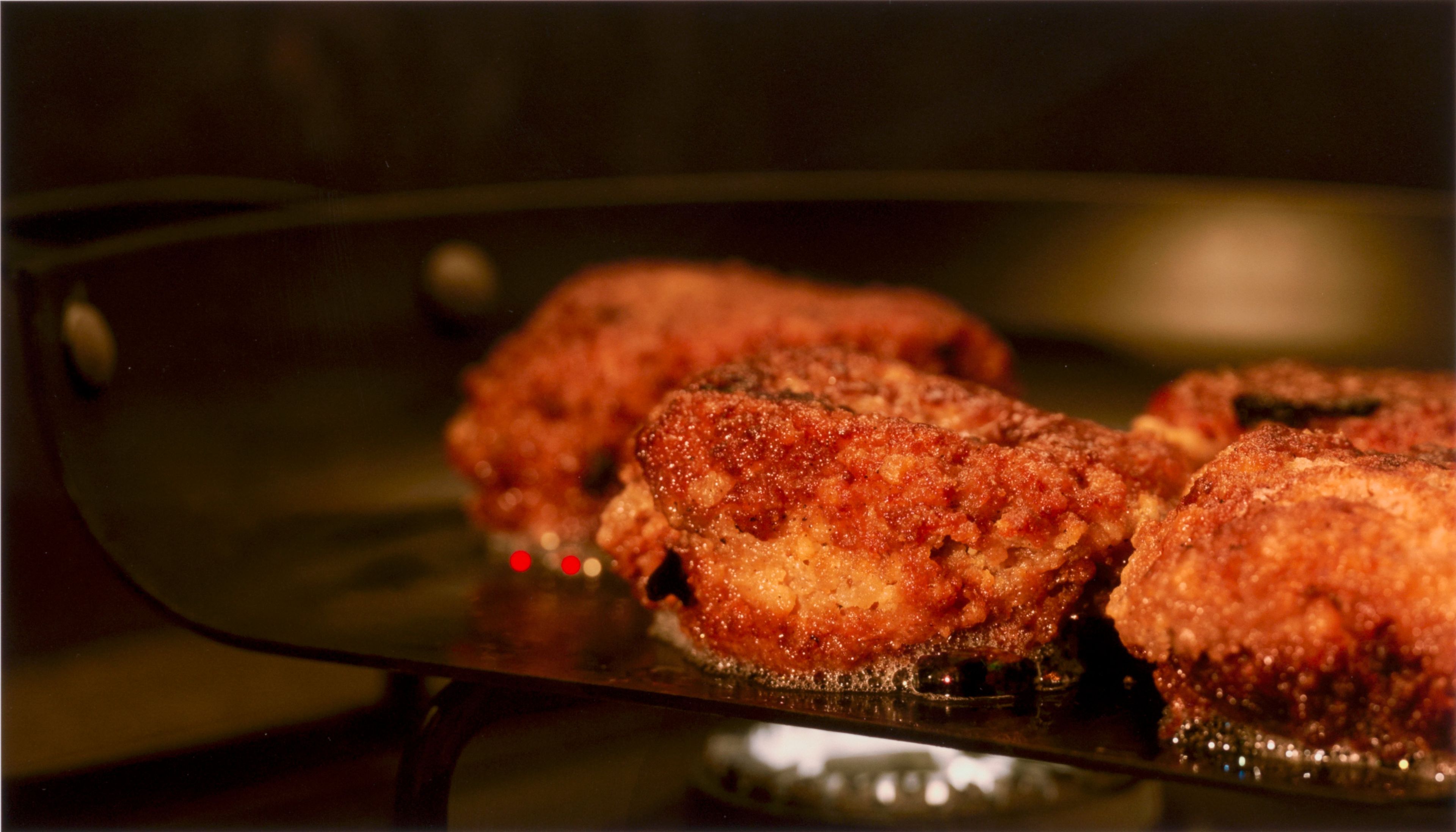
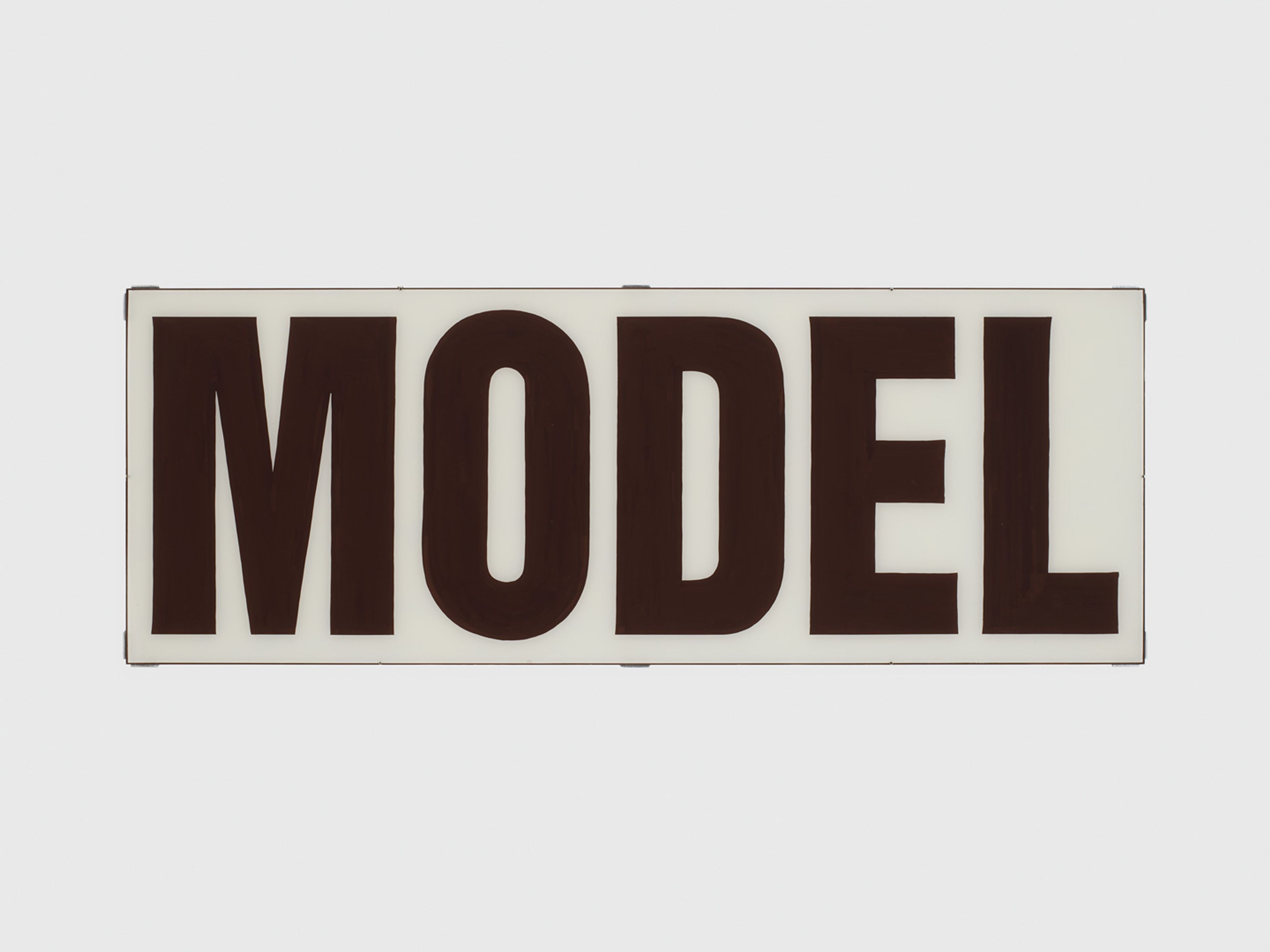

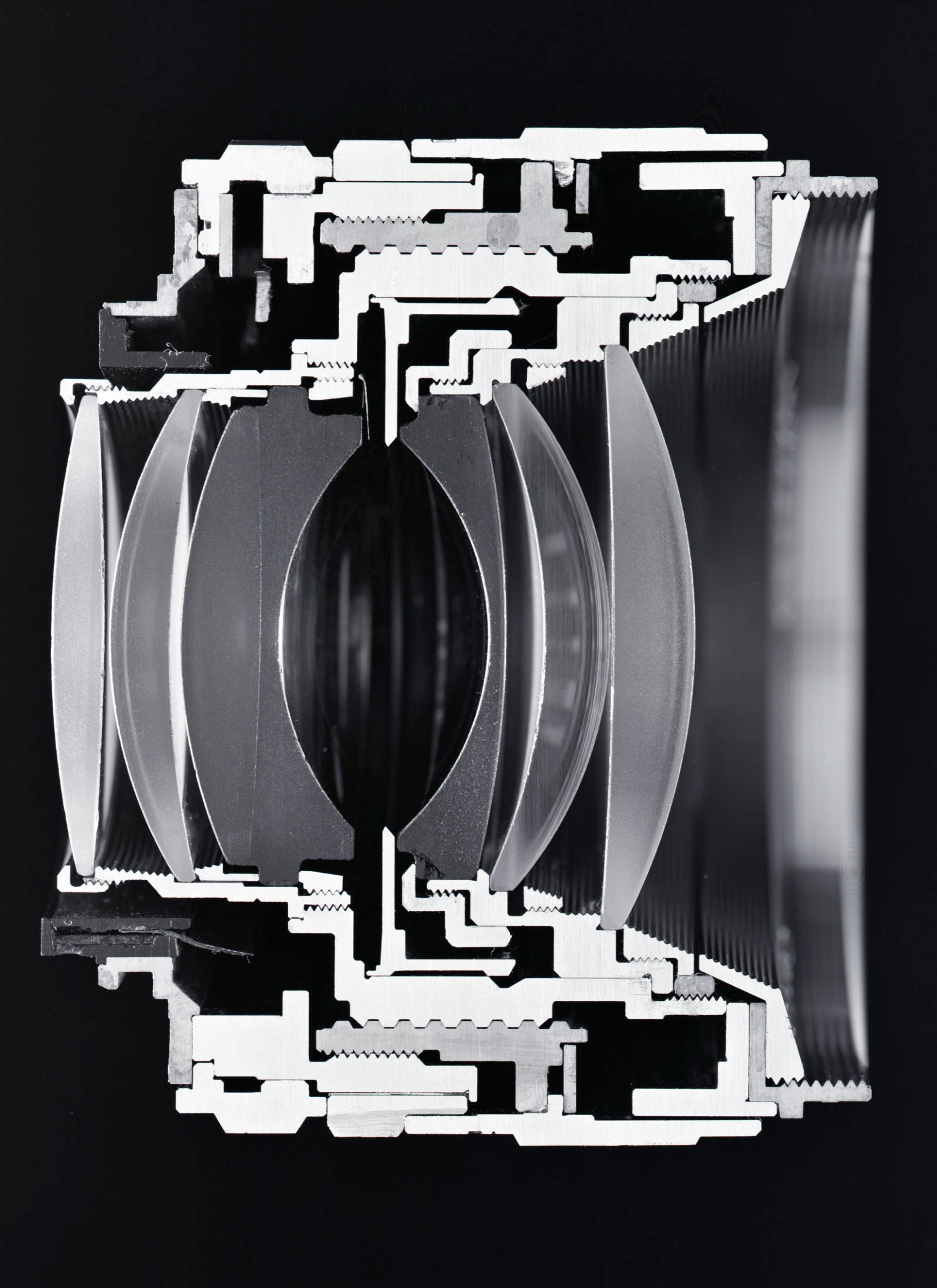

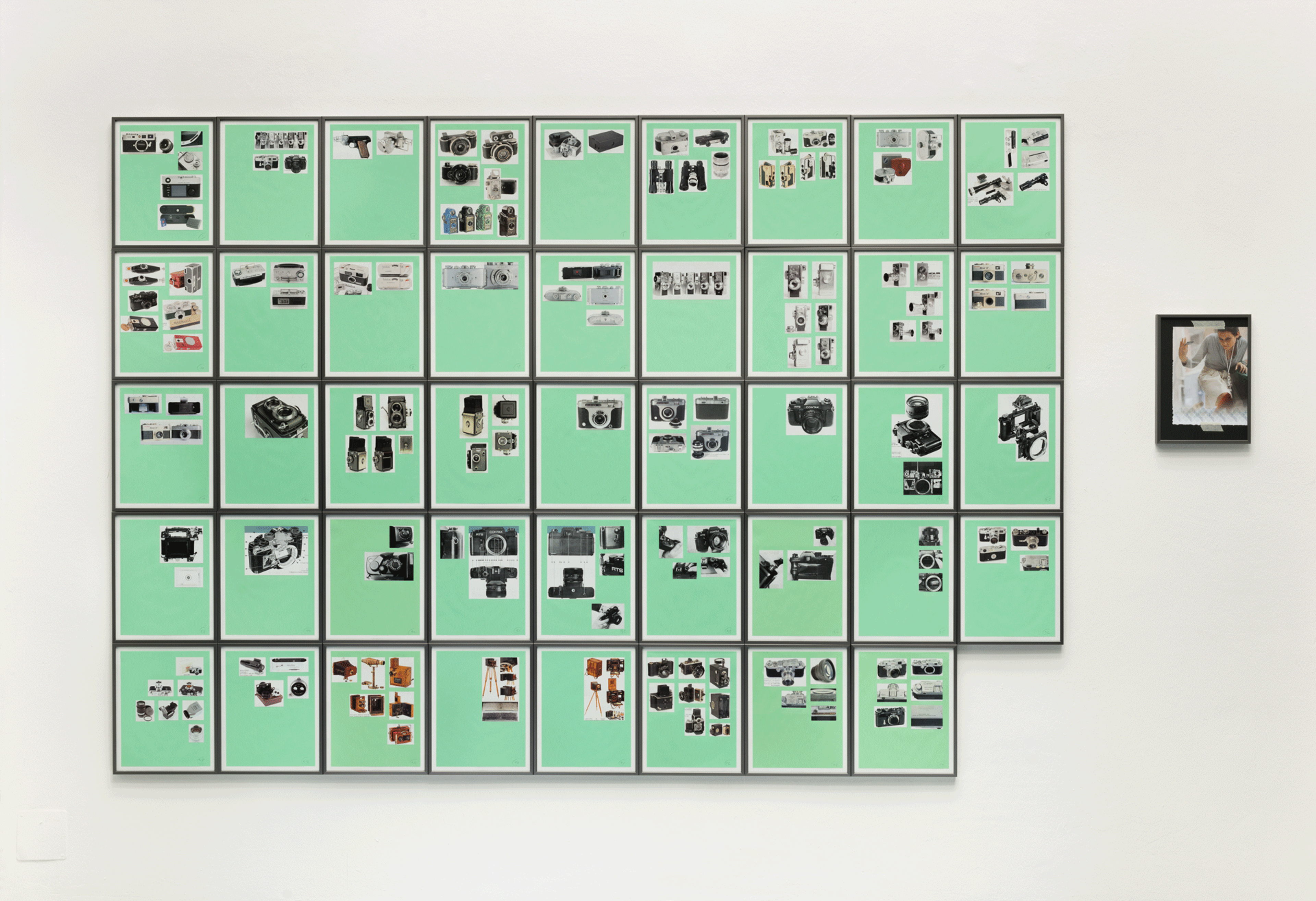
![An archival pigment print on cotton rag paper by Christopher Williams, titled Ritter Sport Von oben nach unten / from top to the bottom 100 g Tafeln / 100 g Bars Offizieller Produktname / Official Product Name / EAN Code Bar / UPC Code for Case / Bars per Case Voll Nuss / Whole Hazelnuts / 4000417019004 / 050255013005 / 10 Joghurt / Yogurt / 40004170270 09 / 050255027000 / 12 Voll Erdnuss / 4000417262202 / ... / 10 Weisse Voll Nuss / White Whole Hazelnuts / 4000417013002 / 050255013003 / 10 Marzipan / Marzipan / 400041725005 / 050255025006 / 12 Cappuccino / Cappuccino / 40004172300 03 / 0550255230042 / 12 Fotostudio Axel Gnad, Düsseldorf, October 23rd, 2008 [No. 2], dated 2009.](https://cdn.sanity.io/images/juzvn5an/release-adp/4d7d880e97ee995a4f9f7c8ac3aad53bb59fb888-1761x1440.jpg?w=3840)
